Jumping Basics: How to Prepare Your Horse and Yourself
Jun 18, 2025 | Super Equestrian
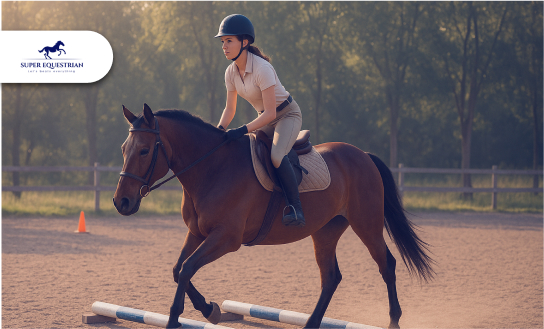
There’s something unforgettable about the moment your horse lifts off the ground. Whether it’s a small cross rail or a smooth round through a course, that first jump carries a mix of focus, trust, and movement. Reaching that point takes more than just showing up. It takes steady work, a clear connection, and patience on both sides.
If you're starting out, it's completely normal to have questions about where to begin or how to know when it’s time to start jumping. In this post, we’ll go through what jumping really involves, how to tell if you and your horse are ready, how to build fitness and rhythm, what common challenges can come up, and how to handle them without frustration.
1. What Jumping Is Really About
Jumping isn’t just about clearing fences; it’s about finding a rhythm together and building trust. When you and your horse move in sync, the jump feels natural instead of forced. This connection helps your horse stay calm and confident, making the experience better for both of you.
Trust plays a huge role in this. Riders often say that without trust, no amount of technique can make a jump smooth or safe. It’s that unspoken understanding between you and your horse that makes all the difference.
“Over 70% of riders say trust is the most important part of jumping success.”
Source: British Horse Society.
2. Signs You and Your Horse Are Ready
Before jumping, it’s important to check that both you and your horse have the basics down. For you, that means feeling balanced and steady in the saddle, especially in the two-point position, with soft hands that don’t pull on the reins. For your horse, look for a steady rhythm and a willing attitude, especially when working over ground poles or simple exercises.
If either of you isn’t quite comfortable yet, it’s worth spending more time on these fundamentals. Skipping this groundwork can lead to problems when you start jumping.
“60% of refusals happen because the basics aren’t fully in place.”
Source: Equine Veterinary Journal..
3. Building Strength and Fitness on Both Sides
%20Building%20Strength%20and%20Fitness%20on%20Both%20Sides.jpg)
Getting ready to jump means getting both you and your horse fit in the right ways. For your horse, exercises like hill work and pole grids help build the muscles needed to jump safely and with power. These activities also improve balance and coordination.
“Riders with strong core engagement had 23% fewer faults.”
Source: Journal of Equine Science.
For you as the rider, strengthening your core, legs, and overall stability makes it easier to stay balanced and follow your horse’s movement smoothly. The stronger you are, the more in control you’ll feel when approaching fences.
4. Getting Comfortable with Ground Poles
One of the best ways to start preparing your horse and yourself for jumping is by working with ground poles. These simple tools do a lot more than just decorate an arena. They help teach your horse to think about where their feet go, develop better timing, and improve balance. For riders, ground poles provide a chance to practice smooth, steady rhythm and get comfortable feeling how your horse moves underneath you.
“Regular pole work improved stride regularity by 45%.”
Source: FEI Coaching Manual.
Start with single poles laid flat on the ground. Walk or trot over them, focusing on keeping a consistent pace and straight line. This helps your horse learn to pick up their feet without rushing or dragging. As you both get more confident, you can space the poles out to encourage lengthening or shortening the stride. This kind of stride control is key to jumping well because it prepares your horse to approach fences at the right pace.
The next step is raising some poles slightly off the ground, just a few inches, to simulate small jumps. This encourages your horse to lift their legs more and builds strength without adding pressure. This gradual progression lets your horse and you gain confidence without overwhelming either of you.
5. Finding the Right Jumping Position
Your position in the saddle makes a huge difference when you’re preparing to jump. The basics you’ll want to focus on are a balanced two-point position, keeping your hands quiet, and looking ahead where you want to go. Staying balanced means you’re not throwing extra weight on your horse’s back as they jump, which helps them move freely and safely.
The two-point position involves lifting your seat slightly out of the saddle, with your weight resting in your legs and heels down. This position gives your horse room to use their back and makes it easier for you to stay with their motion. Quiet hands mean you don’t pull or restrict the reins as your horse stretches their neck over a jump. Looking forward keeps you focused and helps you anticipate what’s next without leaning too far ahead.
“Poor rider balance led to a 30% rise in horse stress indicators.”
Source: Equine Behavior Journal.
It can help to practice this position while you’re still on the flat, before adding jumps. Try riding in two-point at the trot and canter, and keep your eyes up and hands steady. Building this habit will make the moment you add jumps much smoother.
Taking time to nail your position pays off in more comfortable, confident jumping for both of you.
6. Starting with Small Fences
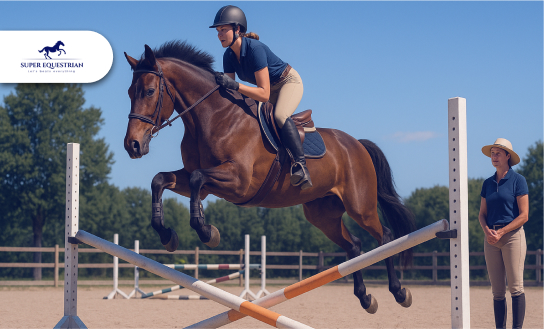
When it’s time to introduce actual jumps, starting small is the best approach. Cross rails and low vertical fences are perfect first steps because they’re less intimidating and easier to manage. They help both horse and rider focus on technique without worrying about height or complexity.
Keep your sessions short and positive. A few good, calm jumps are better than pushing for more and risking frustration or tension. Small fences let you build trust and confidence, especially in the early stages of training.
Gradually raising the height of fences over time allows your horse to adjust physically and mentally. This slow progression reduces the chances of refusals and builds a better jumping foundation.
“Gradual height increases led to 40% fewer refusals in early jump training.”
Source: US Eventing Association.
Staying patient and consistent through this phase sets you both up for steady improvement and safer jumping.
7. Common Mistakes and How to Work Through Them
It’s normal to make mistakes when learning to jump. Some of the most common issues are rushing into the jump, gripping too tightly with your legs, holding the reins too tightly, or anticipating the takeoff before your horse is ready. These habits can throw off your horse’s rhythm and cause refusals or uneven jumps.
“65% of refusals or faults are caused by rider error, not the horse.”
Source: Horse & Hound Analytics.
One of the best ways to fix these problems is to slow down and go back to basics. Spending more time working over ground poles or grids can help you focus on rhythm and timing without the pressure of a bigger jump. Grids are a series of poles or small fences set at specific distances to teach your horse to find the right stride between jumps.
Focusing on steady breathing and staying relaxed can help reduce tension in your hands and legs. It’s important to trust your horse and stay patient rather than trying to force a perfect jump before you’re both ready.
8. When It’s Time to Work with a Trainer
%20When%20It%E2%80%99s%20Time%20to%20Work%20with%20a%20Trainer.jpg)
If your horse keeps refusing jumps or you both feel tense and unsure, it might be time to bring in a trainer. Sometimes progress slows or stops, and it can be hard to know what to change when you’re in the middle of it. A trainer provides a fresh perspective and experience, spotting things you might miss.
A good trainer will give practical advice that fits your riding style and your horse’s needs. They help improve your position, timing, and communication, while encouraging your horse to build confidence and responsiveness. Regular lessons offer steady feedback to prevent bad habits and keep your training moving forward in a positive way.
Having a trainer adds structure and support. It gives you a safe place to ask questions, try new ideas, and grow as a team. This guidance helps turn frustration into progress for both you and your horse.
Closing the Gate: You and Your Horse Are Ready to Take That Jump
Getting to the point where you and your horse feel ready to jump takes time, patience, and teamwork. You’ve laid the groundwork with trust, fitness, and good habits. Now it’s about enjoying the ride, trusting what you’ve built, and taking that leap together with calm and confidence.
Remember, every jump is a chance to learn and grow, not just a test of skill. Keep things positive, stay connected with your horse, and celebrate the progress you make along the way.
If you found this helpful, please share it with fellow riders and drop a comment below to let us know how your jumping journey is going. We’d love to hear from you.
Recent Blogs
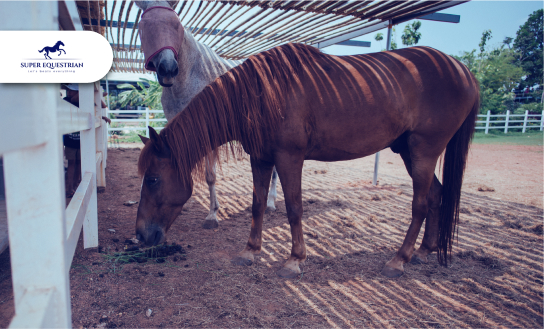
Common Equine Diseases and How ...
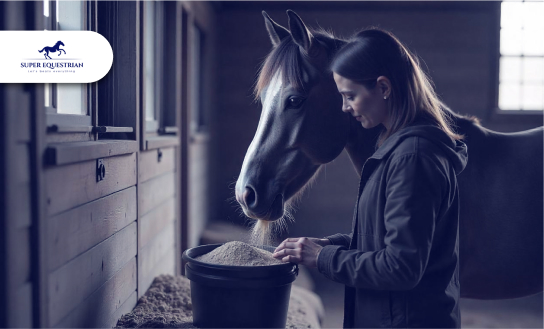
Equine Health Supplements: What Every ...

Jumping Basics: How to Prepare ...
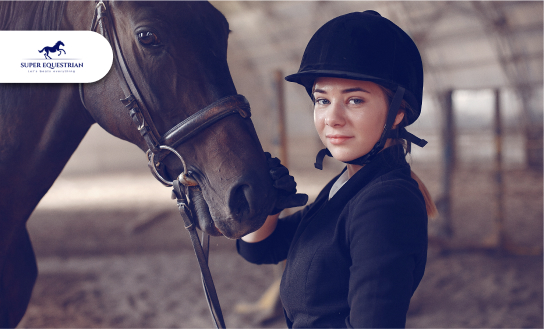
Essential Horse Riding Gear for ...
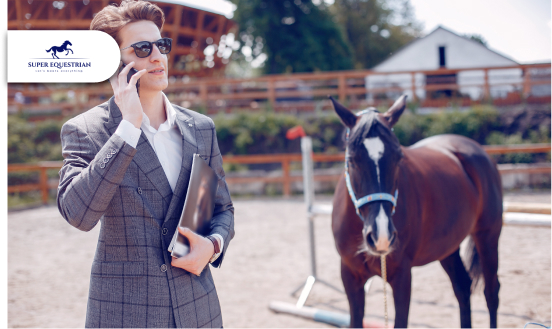
How to Balance Work, Life, ...

How to Balance Work, Life, ...
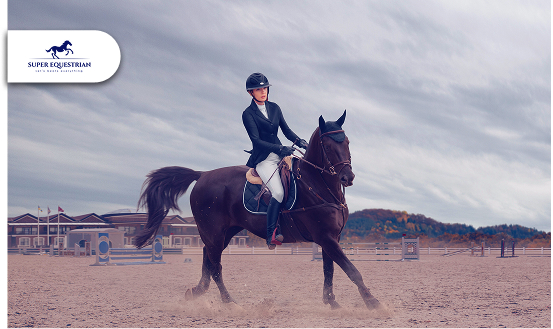
Top 5 Exercises to Improve ...
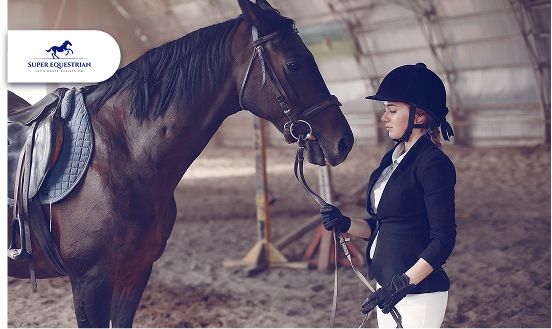
How to Build Confidence as ...
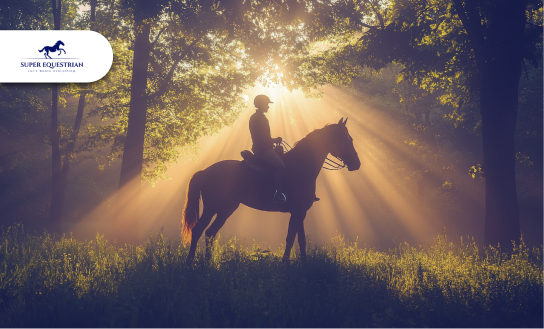
Spotlight on Equestrian Legends: Riders ...

Horse Auctions and Sales...

Top Horse Friendly Travel Destinations ...

How to Build Stronger Bonds ...

Upcoming Horse Shows and Competitions ...
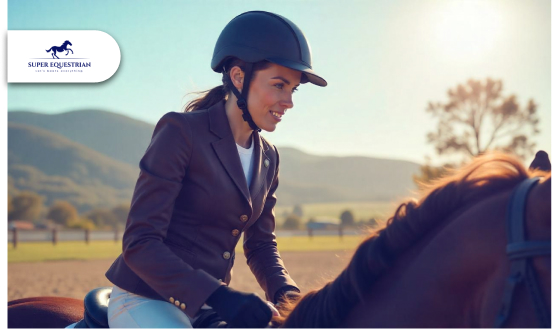
MIPS Equestrian Helmet The Future ...

How to Recognize and Treat ...
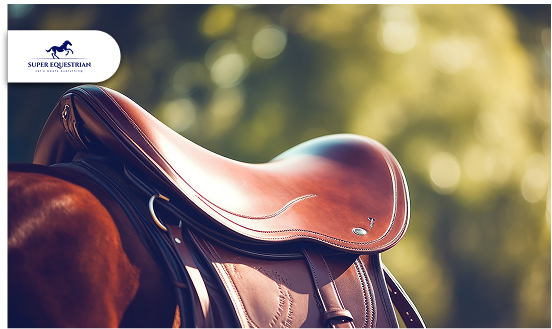
How to Choose the Perfect ...
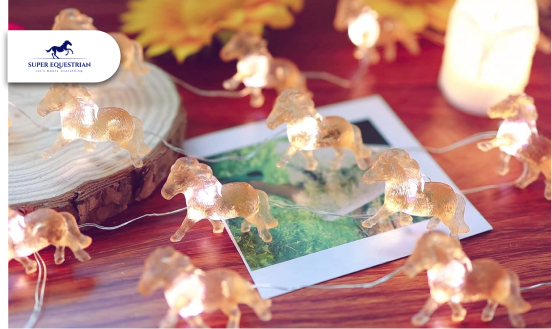
Horse-Themed Gifts Unique Ideas ...
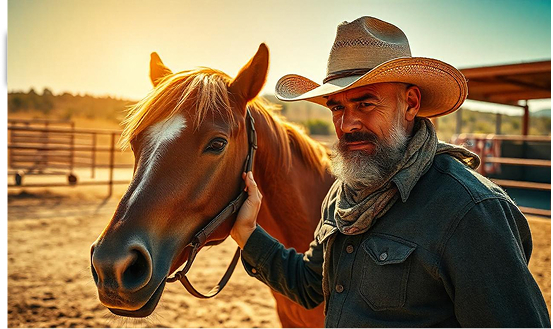
Horse Training Techniques: Creating A ...
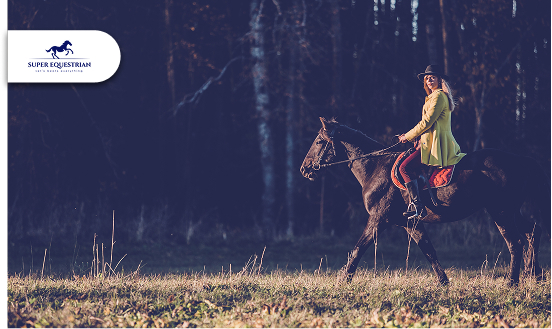
Horseback Riding Lessons – Everything You ...
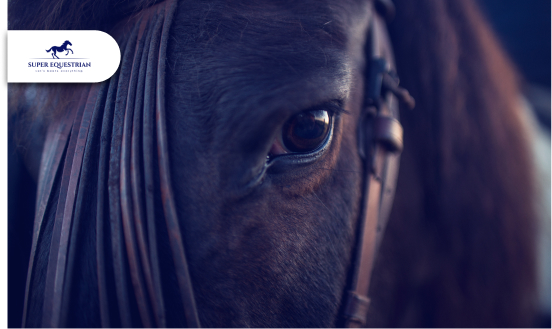
Horse Photography Tips: Learn the ...
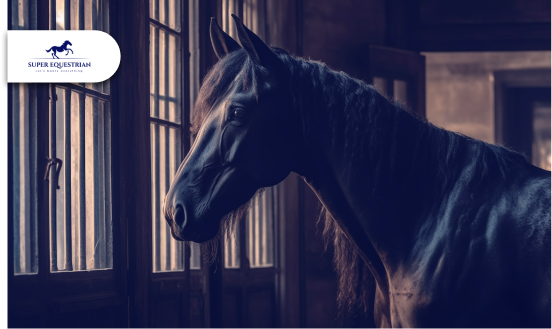
Horse Stable Management: The Quiet ...
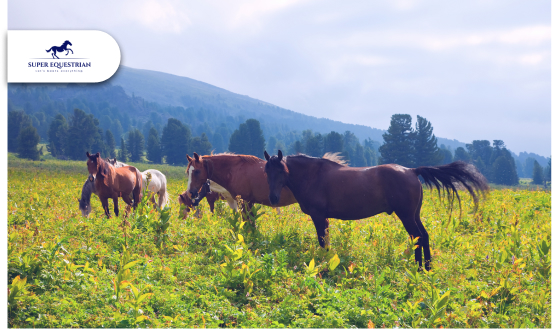
Horse Rescue Organizations: A Profound ...
Horse Racing Events A Look ...
Best Horse Manure Fork Six ...
What Are The Rarest Horses ...
What Does It Mean When ...
Horse Insurance Providers This Is ...

Horse Behaviour and Psychology: Learn ...

How Much Does a Horse ...
.jpg)
Best Monoflap Saddles For Your ...
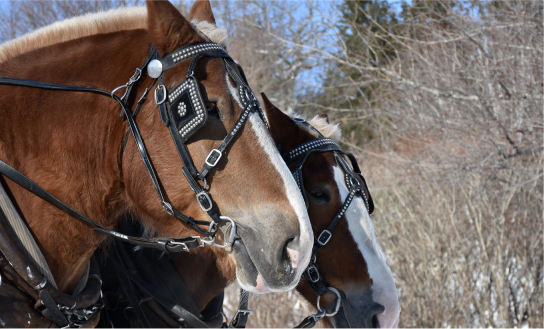
Best Hackamore For Barrel Racing...
.jpg)
Best Barrel Racing Reins Top ...
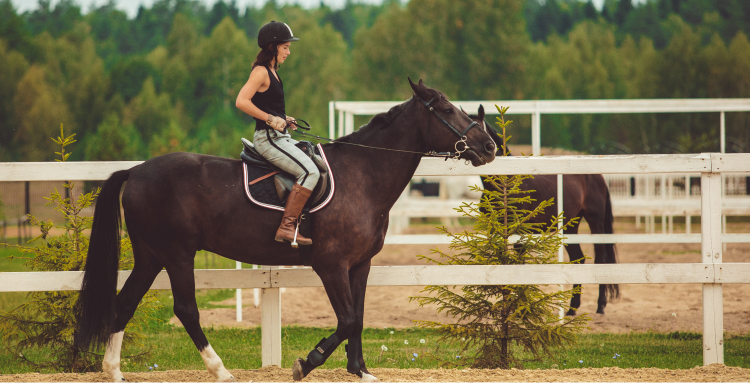
Horse Anatomy And Physiology: Facts ...
.jpg)
Best Stirrups For Ankle Pain - ...
.jpg)
Horse Care Tips and Tricks: ...
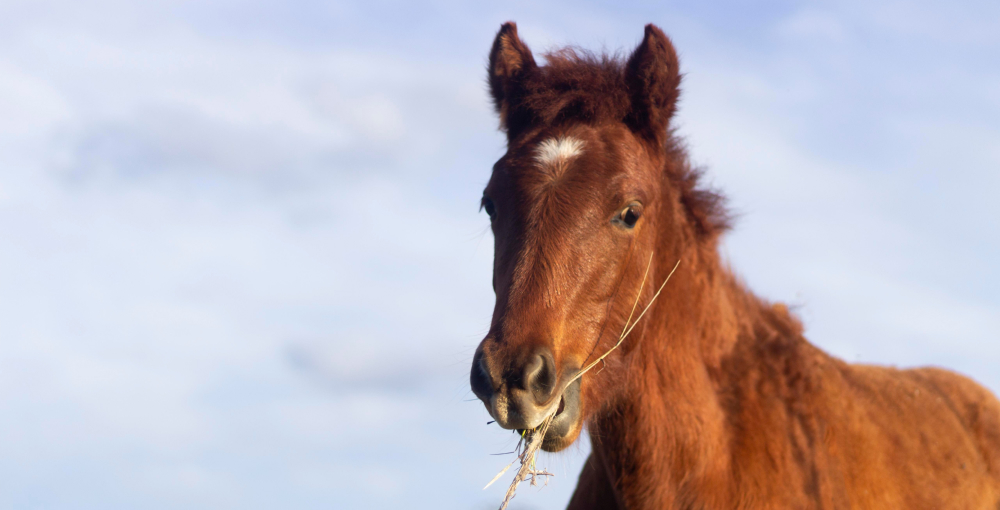
What Do Wild Horses Eat- ...
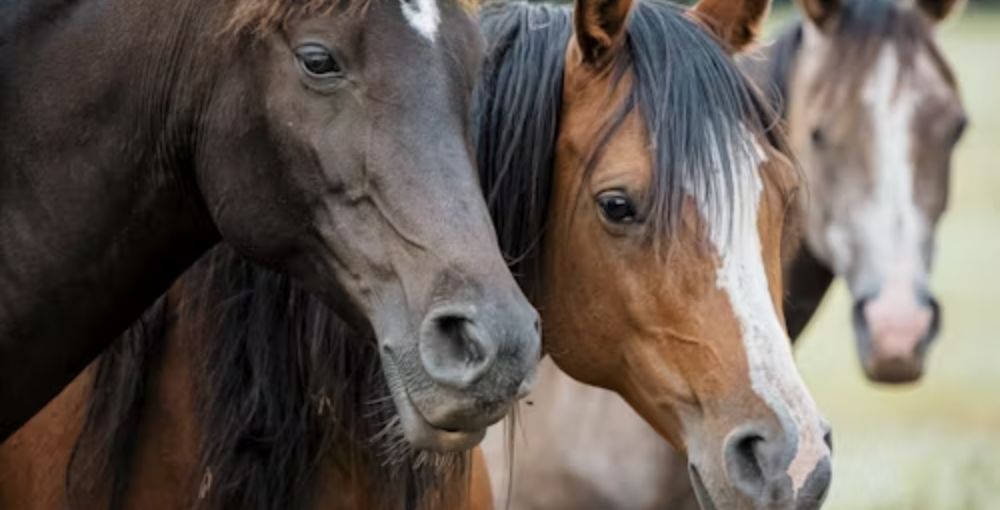
Horse Breeds and Characteristics: How ...
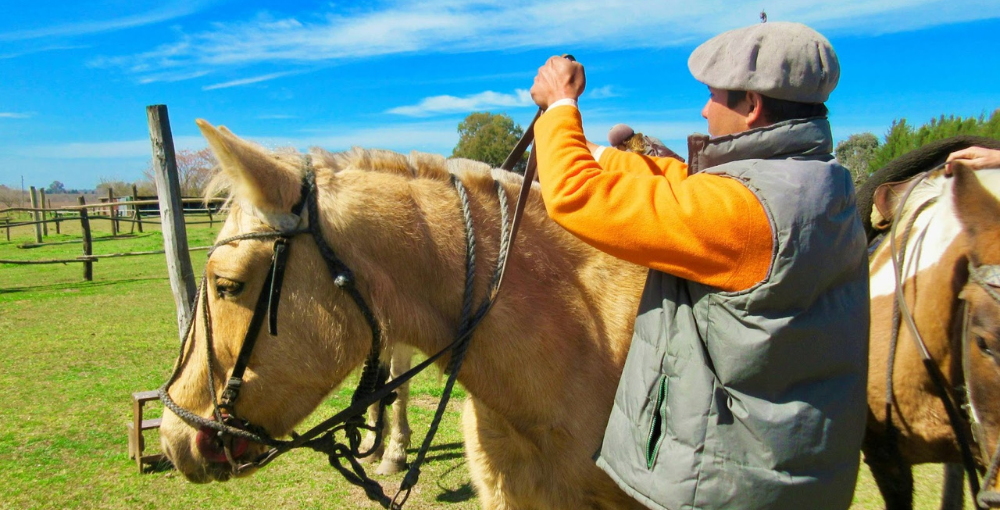
Best Barrel Racing Reins - Top ...

Horse Breeds and Characteristics: How ...
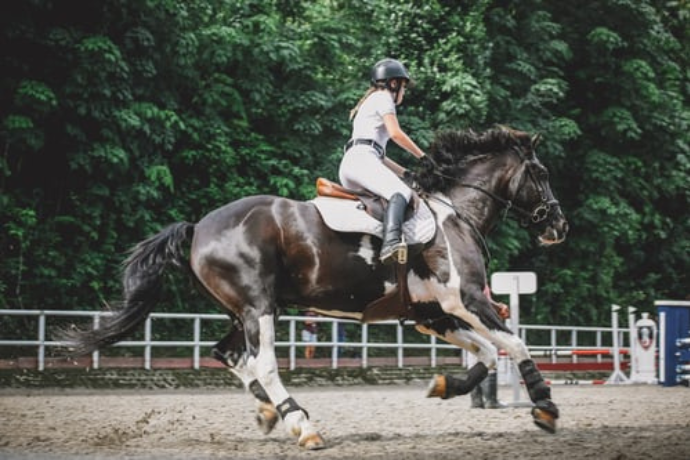
Best Breeches For Curvy Riders...
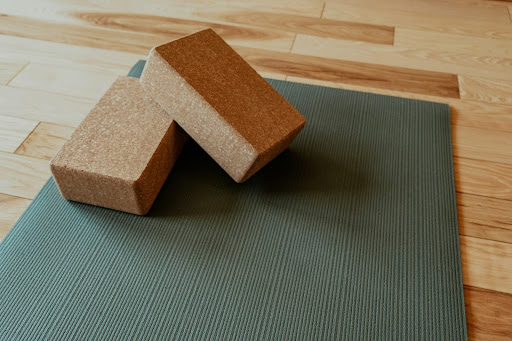
Best Stall Mats For Horses - ...

Best Horse Brushes ( A Thread ...

Best Saddle Rack ( Keep Your ...

Best Bit For Training a ...
.jpg)
10 Morgan Horse Show Held ...
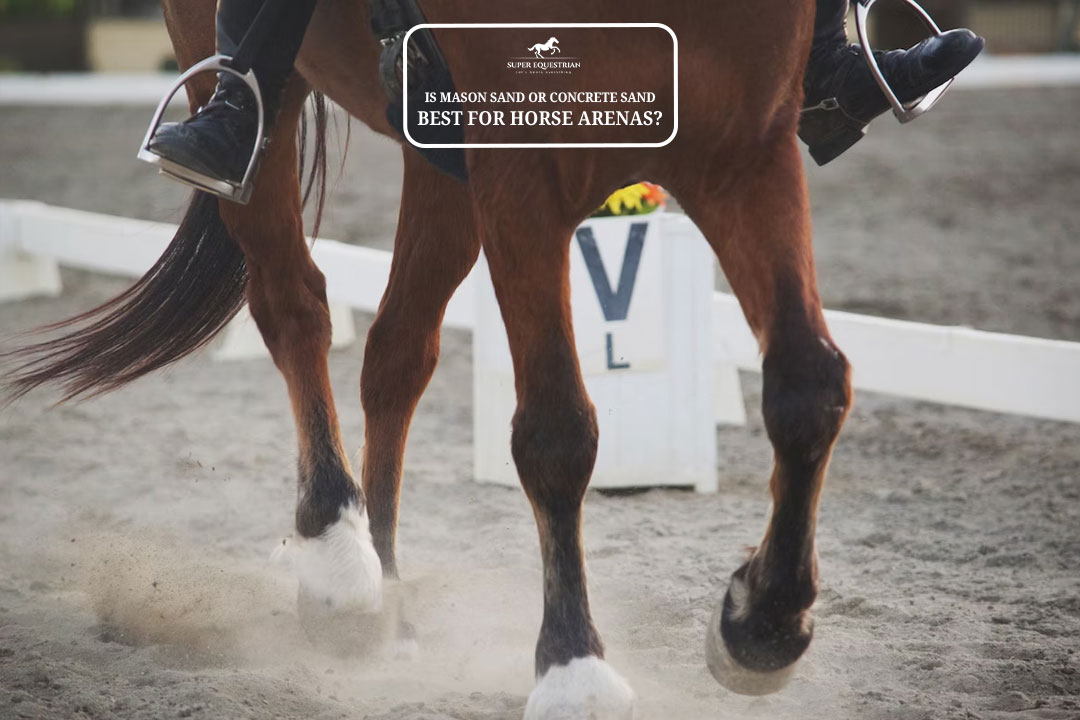
Is Mason Sand Or Concrete ...
.jpg)
Best Girth For Your Horse ...
.jpg)
Ranch Cutter vs Cowhorse Saddle? ...
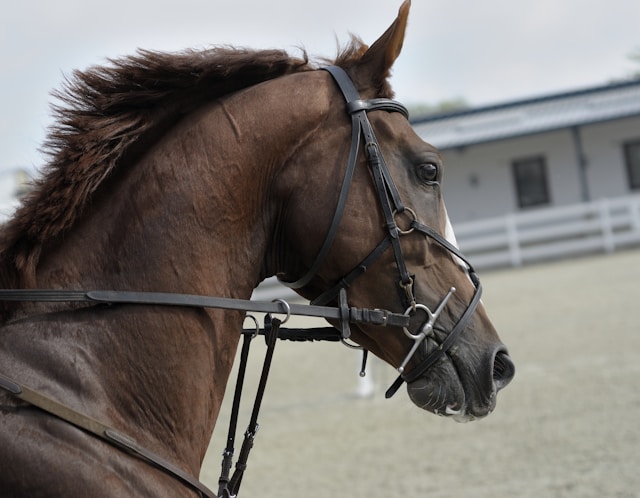
Types of Horse Bit and ...
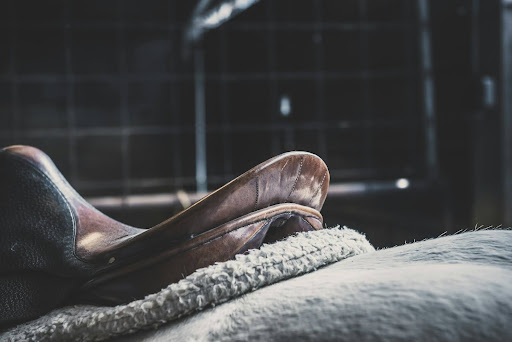
Is Hilason a Good Saddle ...
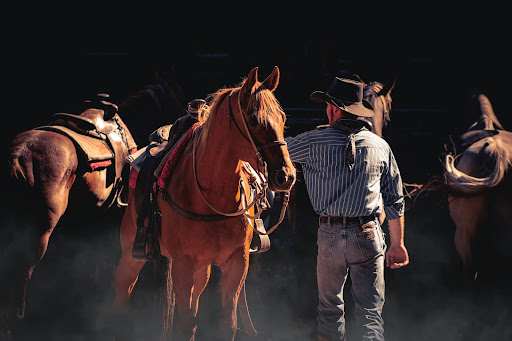
How to choose a bit ...
.jpg)
Best Salt Blocks For Horses...
.jpg)
Types of Horse Brushes (Equine ...
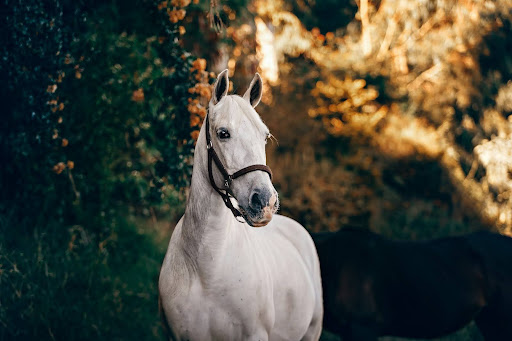
How To Get a Horse ...
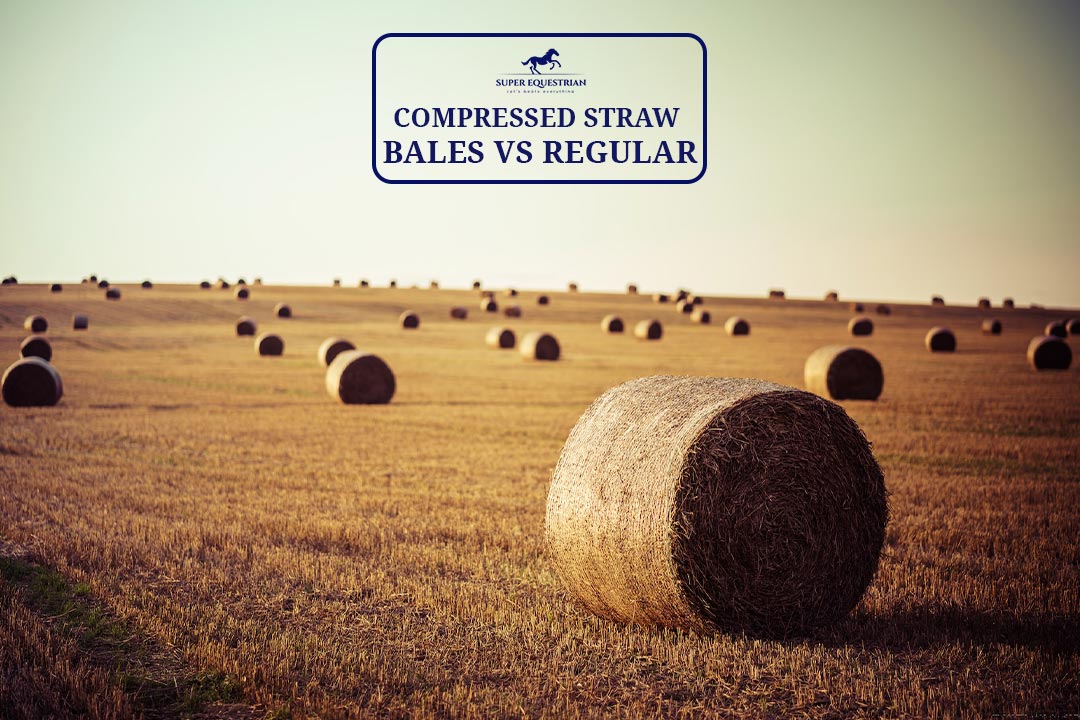
Compressed Straw Bales Vs Regular? ...
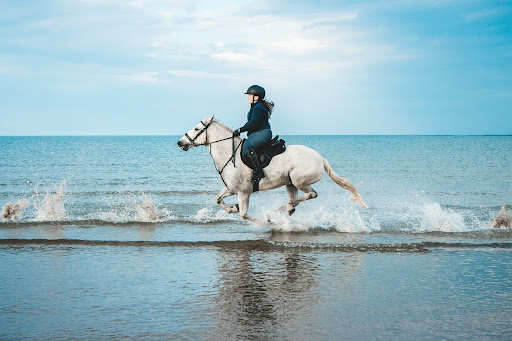
Horse Riding Lessons For Intermediate ...
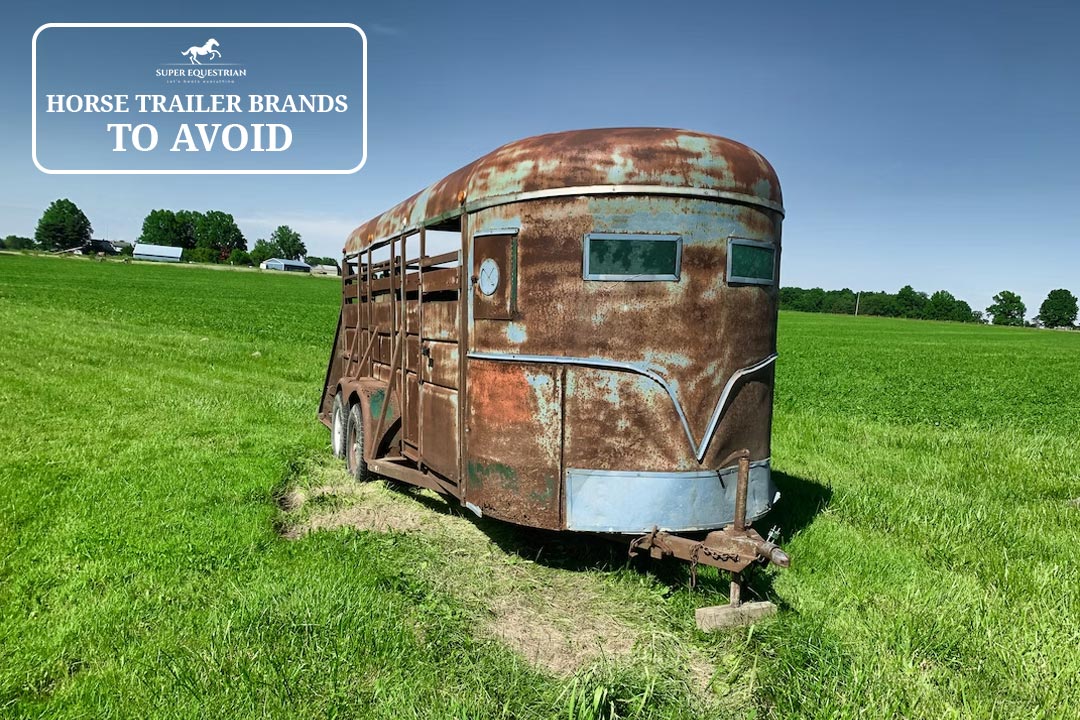
Horse Trailer Brands To Avoid...

Strawberry Roan vs Red Roan? ...
.jpg)
Gelding vs Stallion...
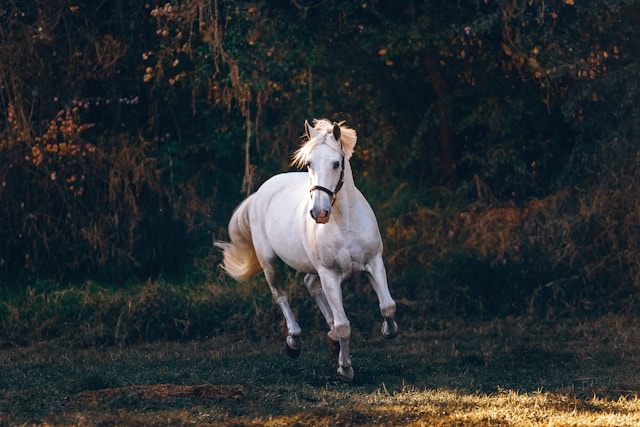
Why Does a Horse Whinny? ...
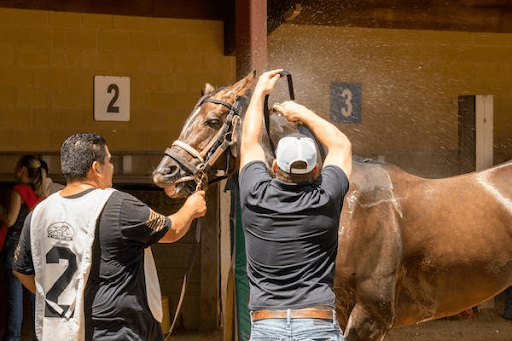
How to Clean a Rusty ...

Why Do Horses Foam at ...

Why Do Horses Bob Their ...

Nutrition Unveiled: Triple Crown Senior ...
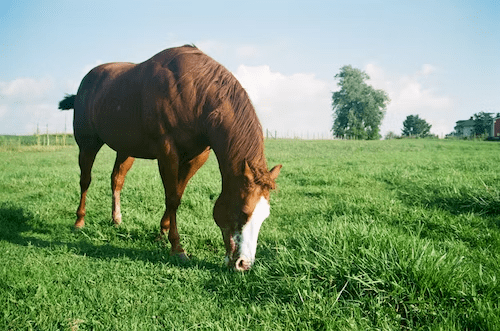
Pasture Pro Vs. Grazon: Horse-...
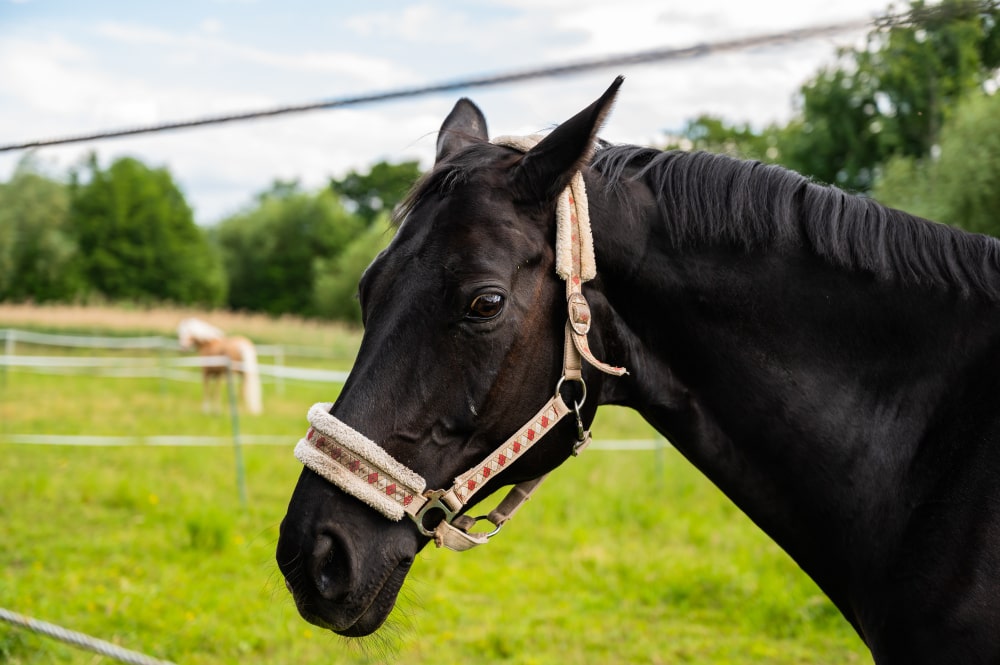
Dutch Gag Vs. Pelham: Bits ...
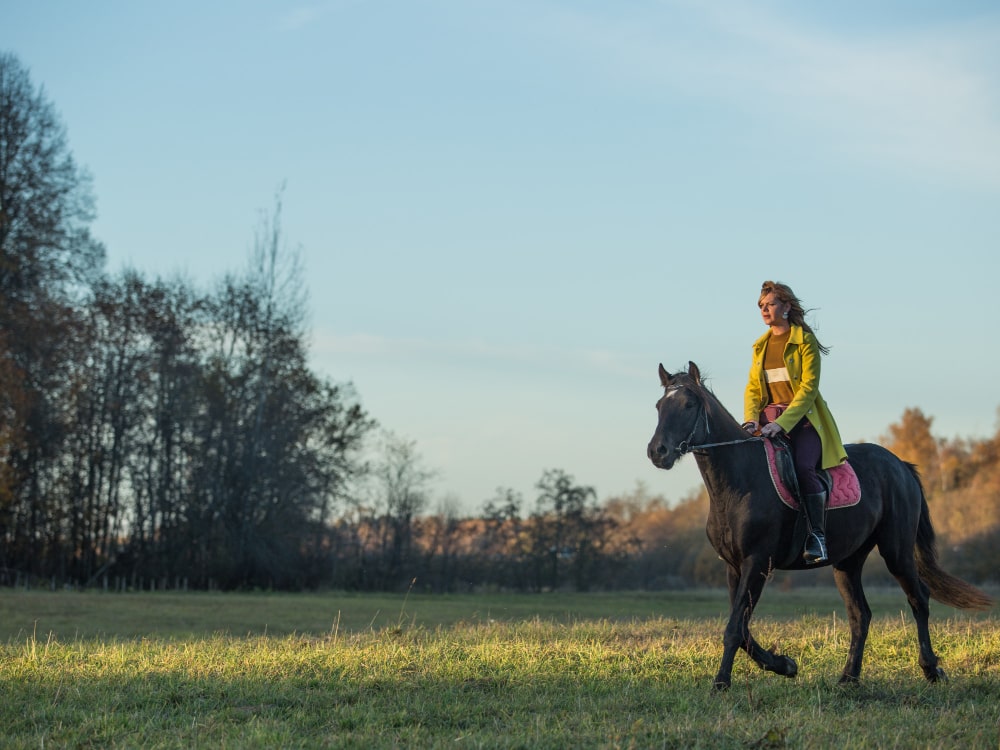
Walking Horse vs Racking Horse: ...
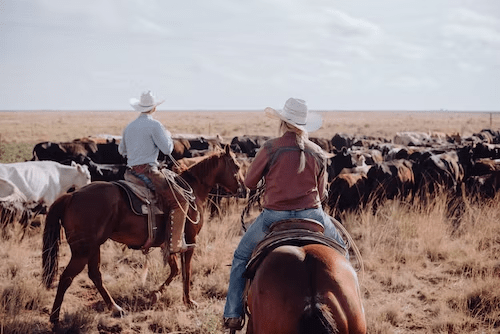
Wade vs Association Saddle: Your ...
.jpg)
Step Up vs Ramp Horse ...

Bosal vs Hackamore: A Head-...
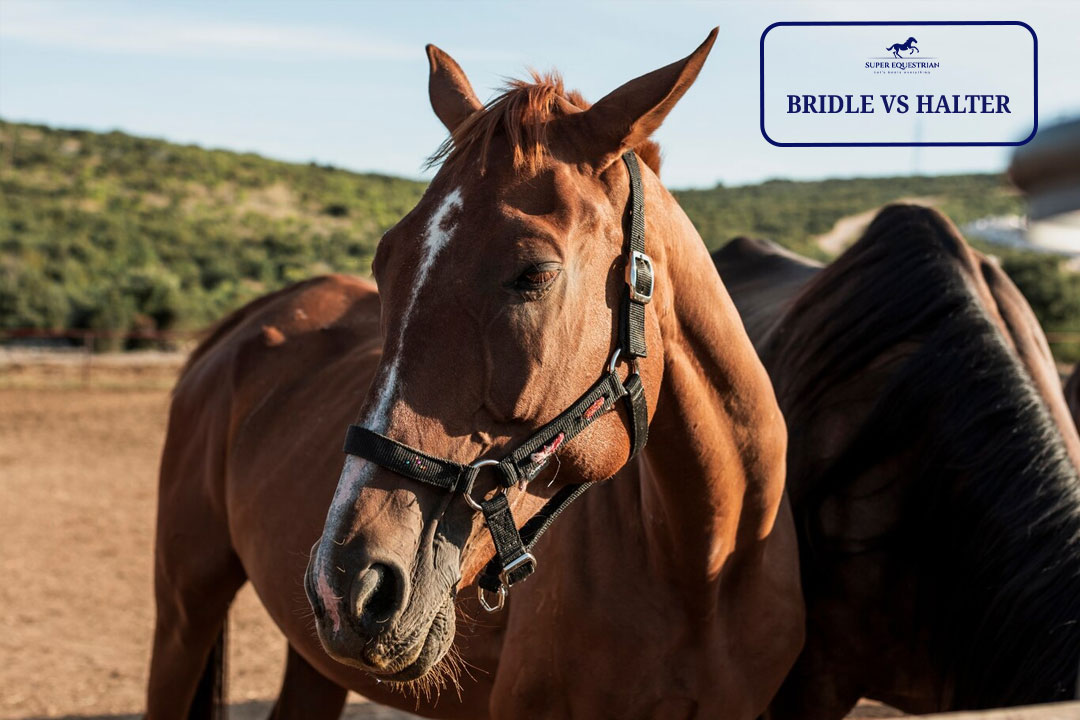
Bridle Vs Halter: Which One ...

Paddock Boots Vs Riding Boots: ...

Shadow Horse Trailer Problems: Causes, ...
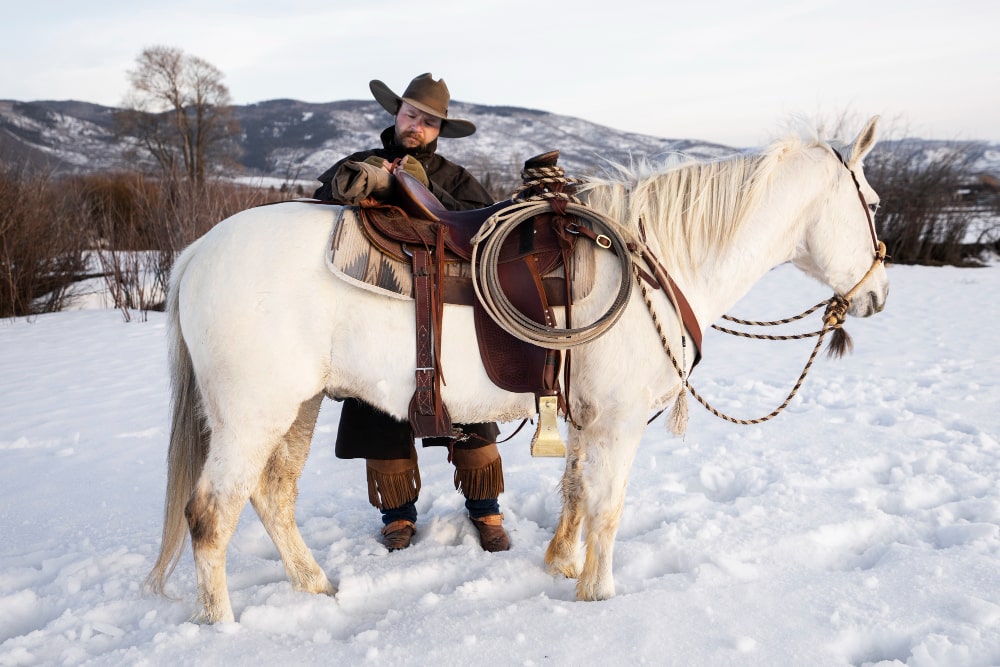
Are Billy Cook Saddles Good - ...

Let's Start at the ...
Benefits of Beet Pulp for ...
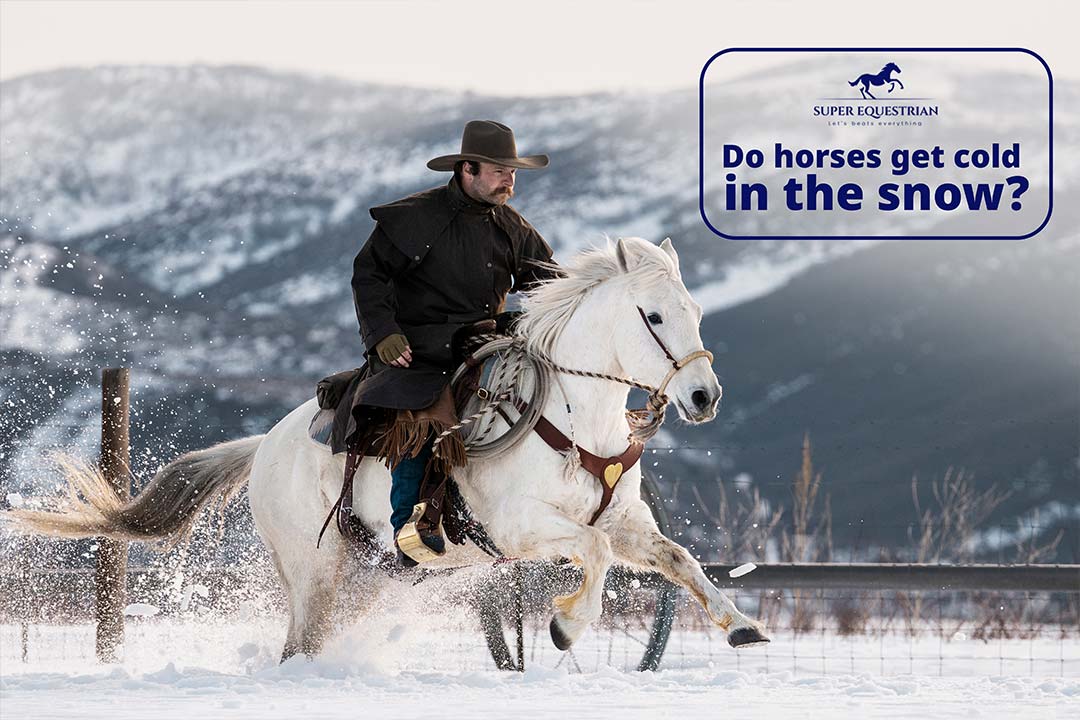
Do horses get cold in ...
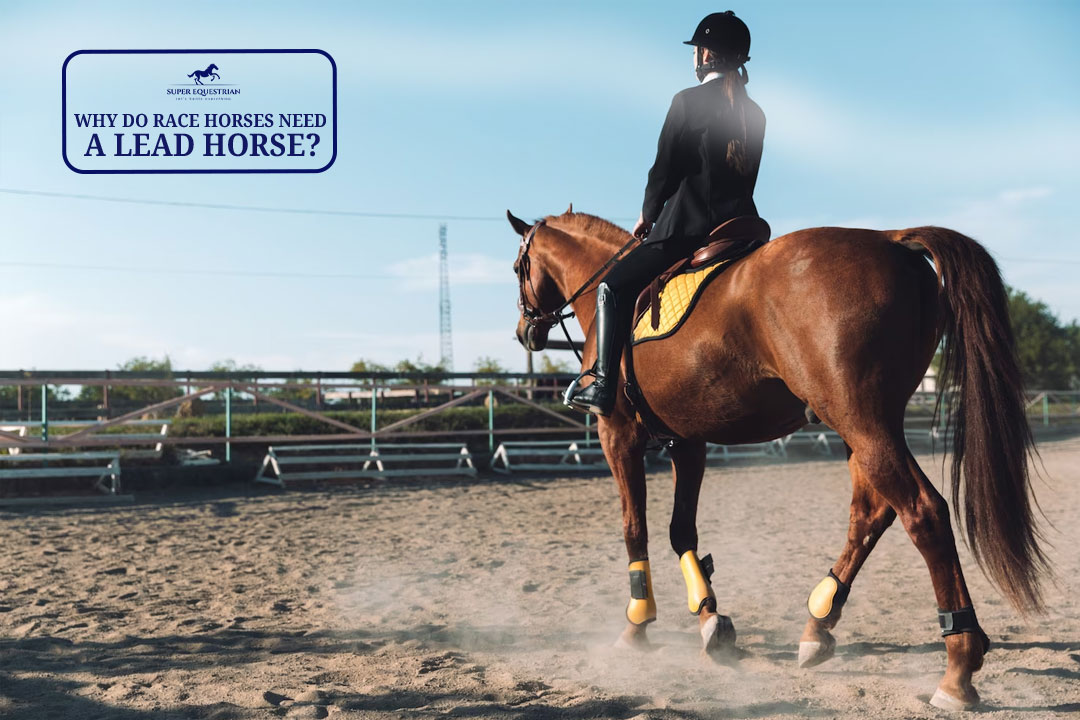
Why Do Race Horses Need ...
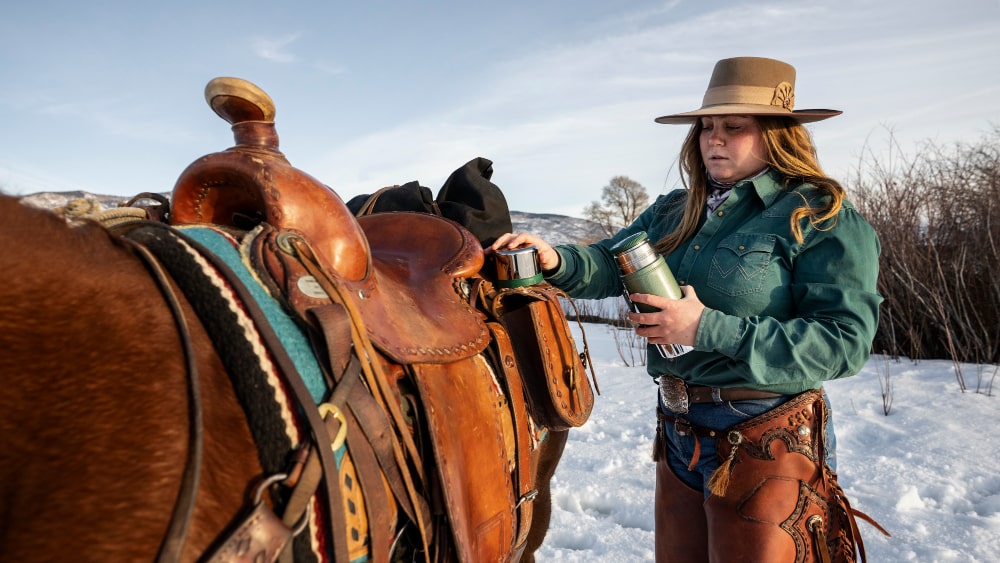
Ranch Saddle vs. Roping Saddle: ...

Round Pen vs Square Pen ...

Must Have Horse Trailer Accessories: ...
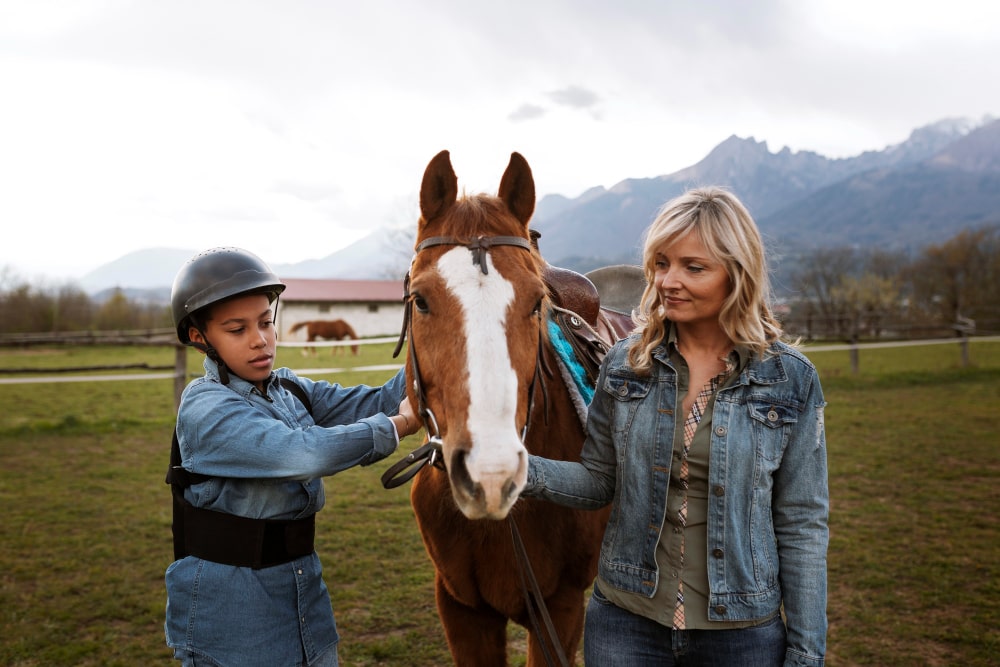
Is MIPS Worth for Equestrian?...
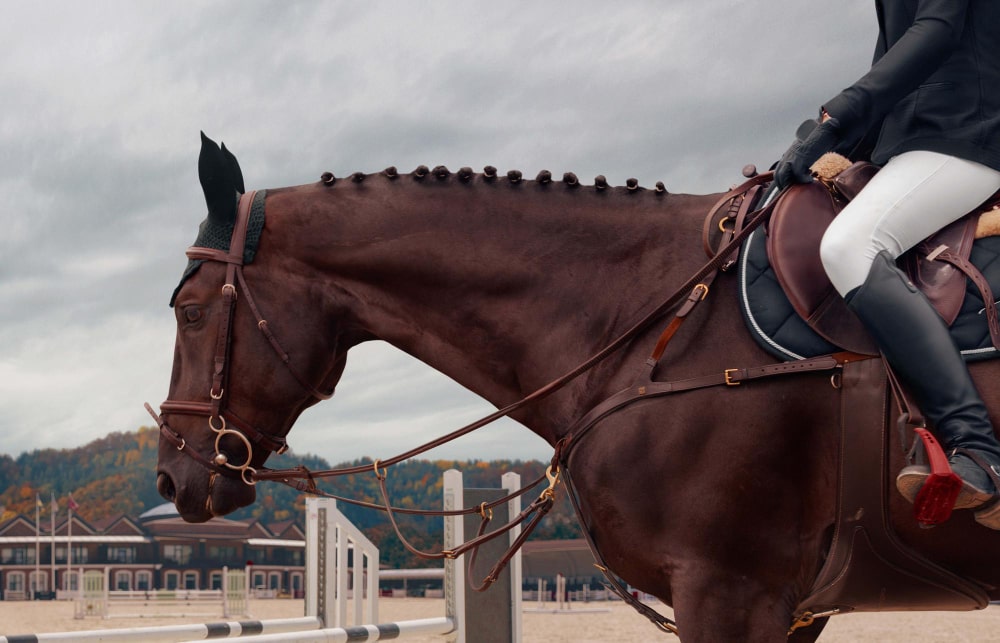
Natural Horsemanship vs Positive Reinforcement: ...

How to Mount a Horse ...
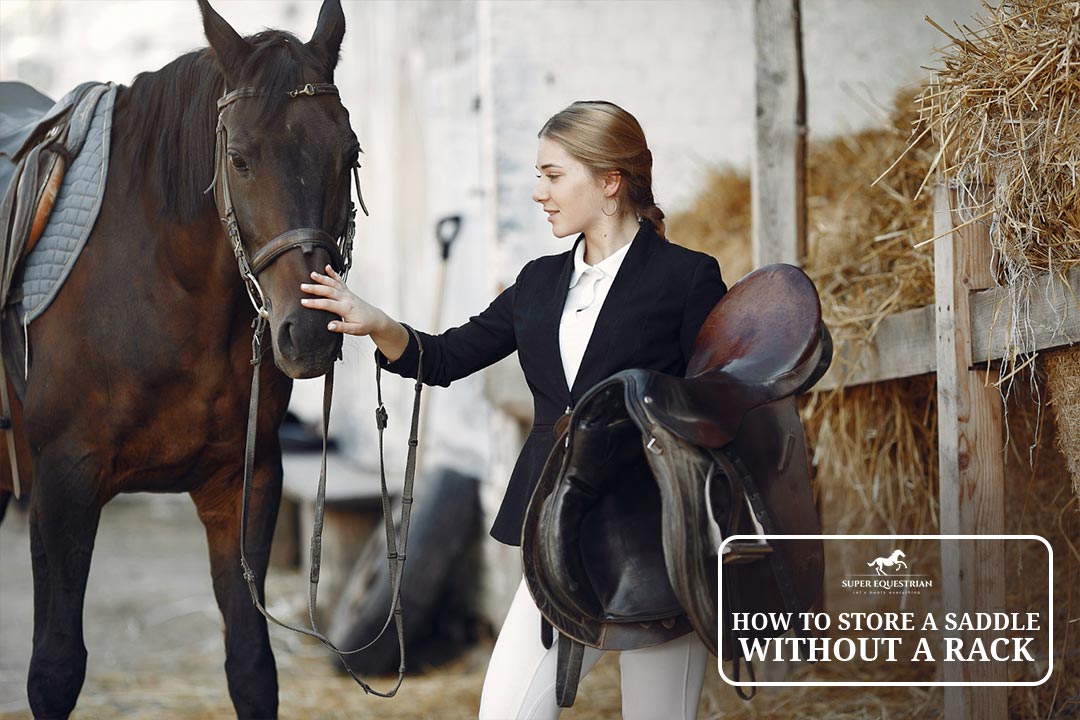
How to Store a Saddle ...

Why are Stirrups Important in ...
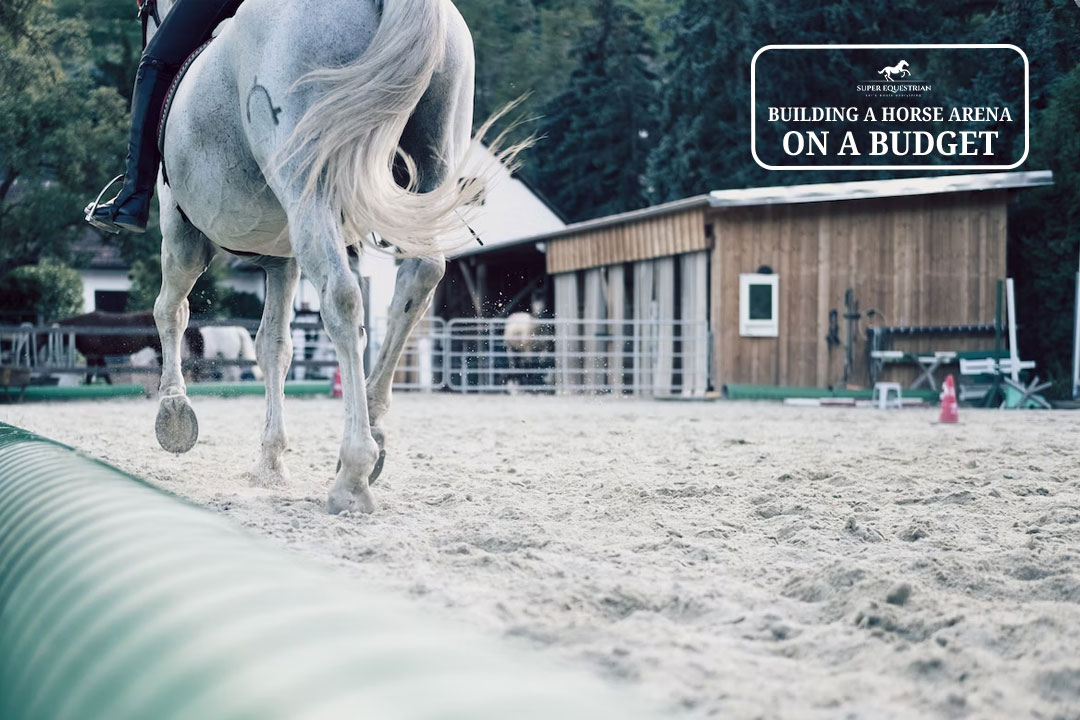
Building a Horse Arena on ...

How to Make Horse Treats ...

Order of Grooming a Horse...

Horse Riding Lessons Plan: The ...

Horse Trailer Roof Replacement and ...
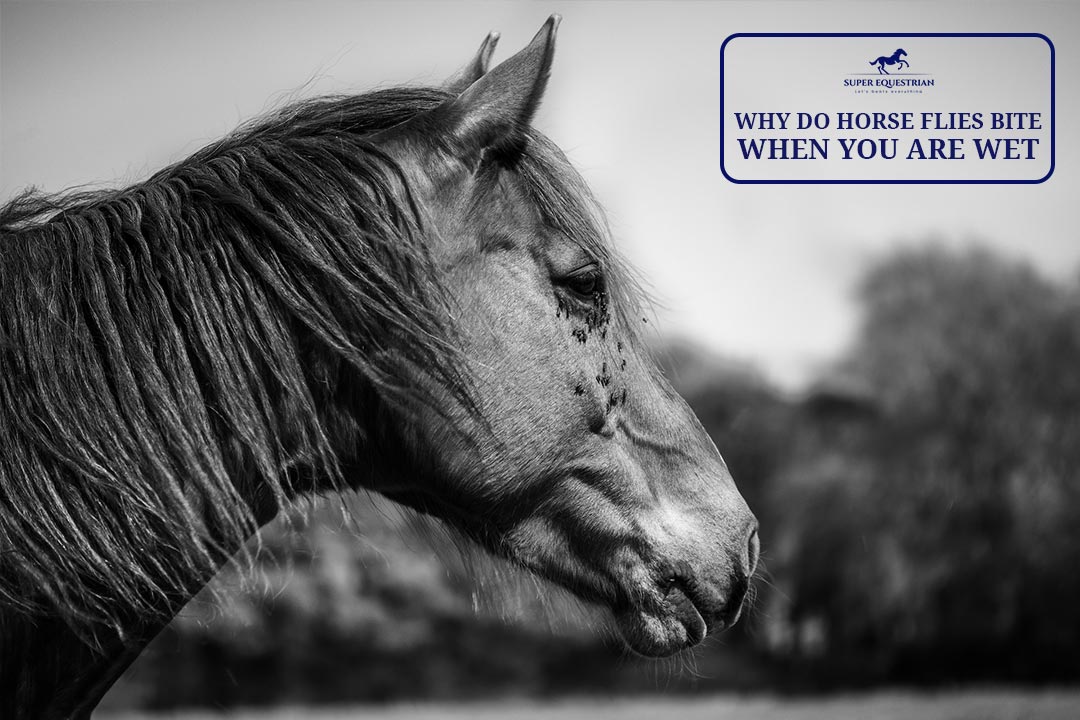
Why Do Horse Flies Bite ...
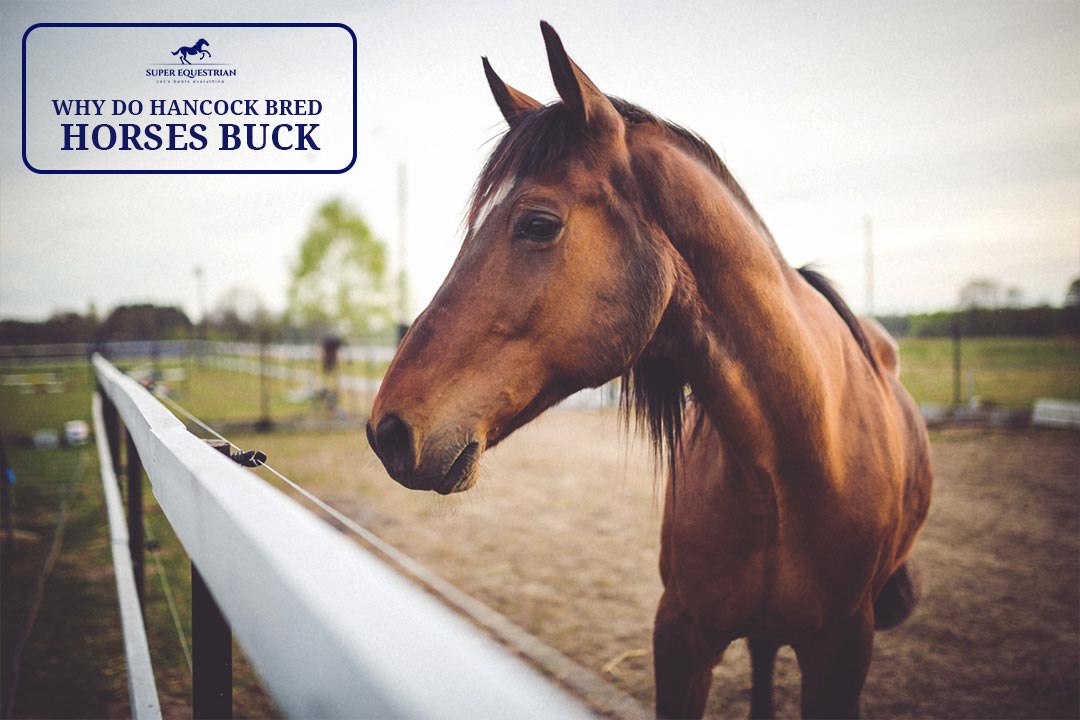
Why Do Hancock Bred Horses ...

Quarter Horse Bloodlines to Avoid...
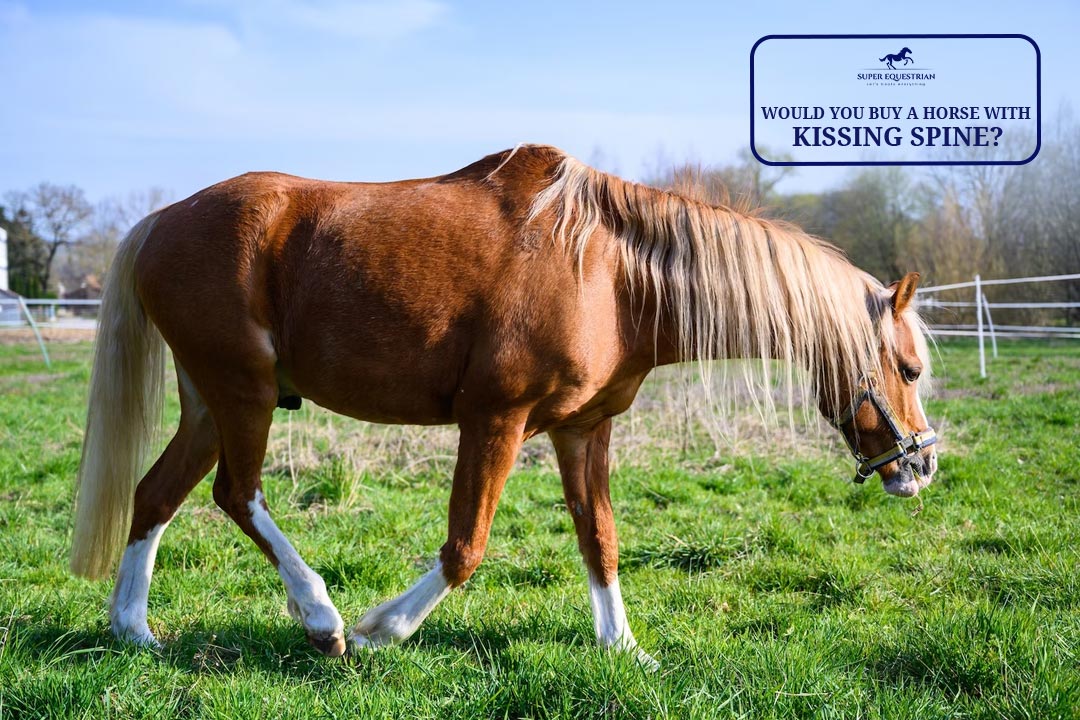
Would You Buy a Horse ...
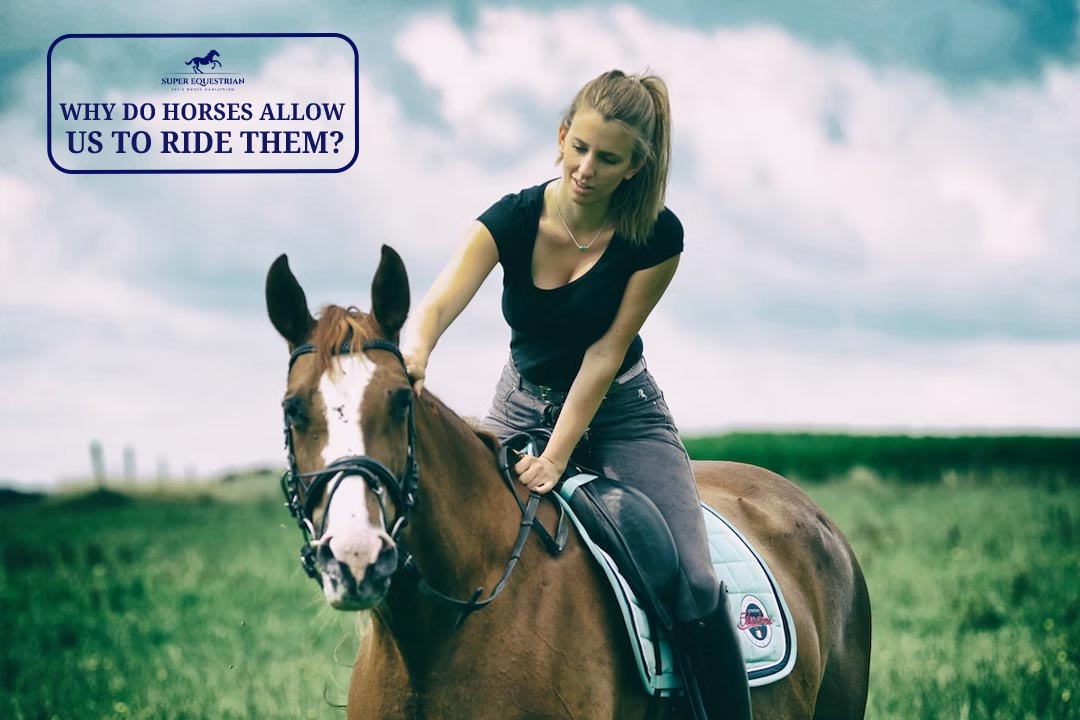
Why Do Horses Allow Us ...
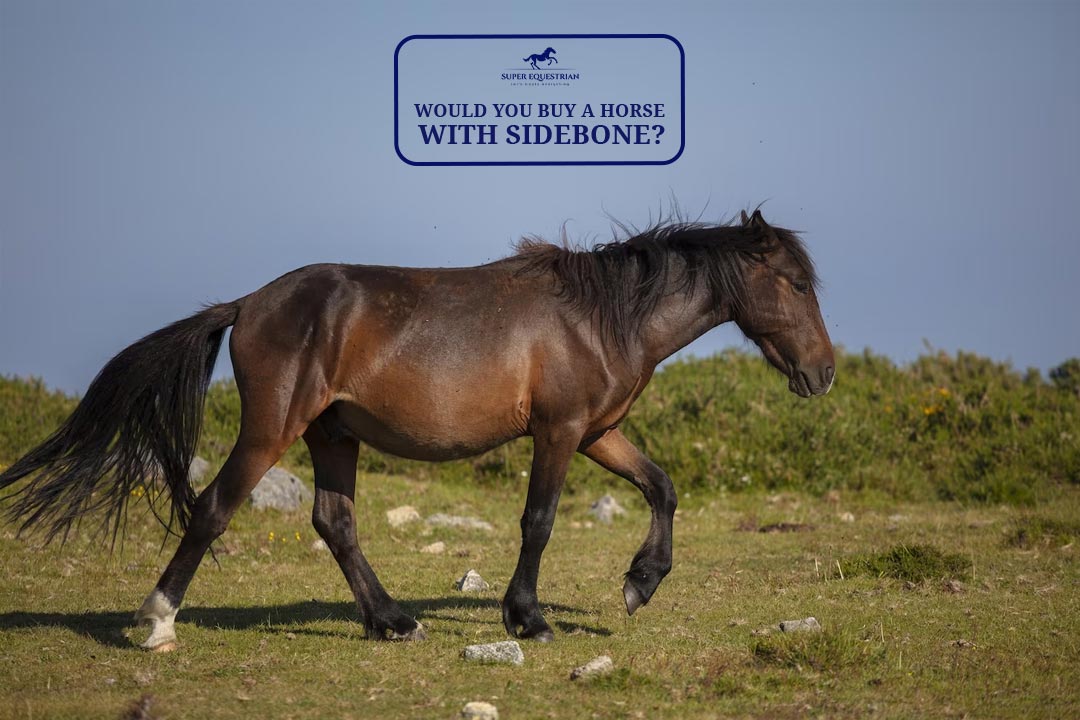
Would you buy a horse ...

Why Are Klapper Bits So ...
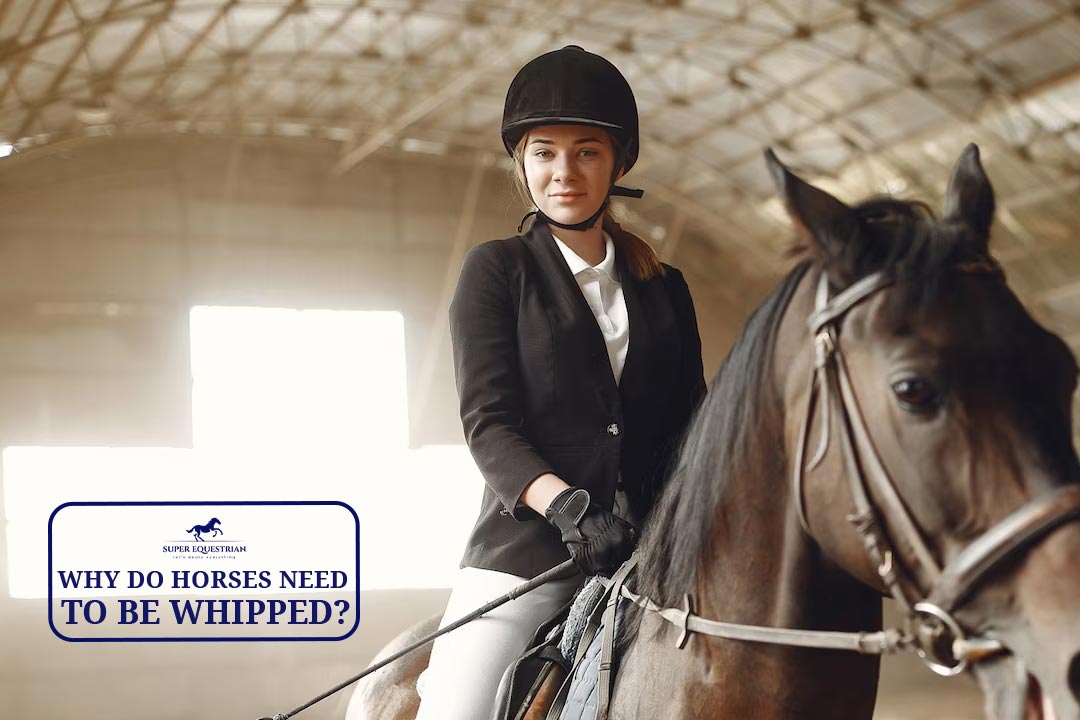
Why do horses need to ...

Why do you mount a ...
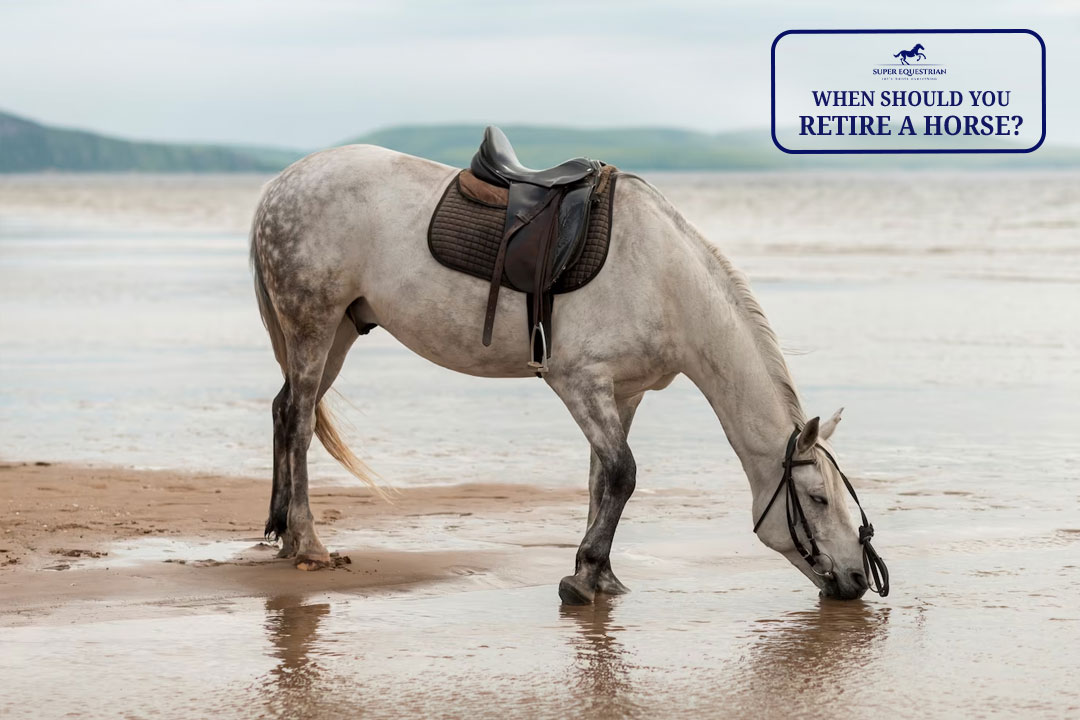
When Should You Retire A ...
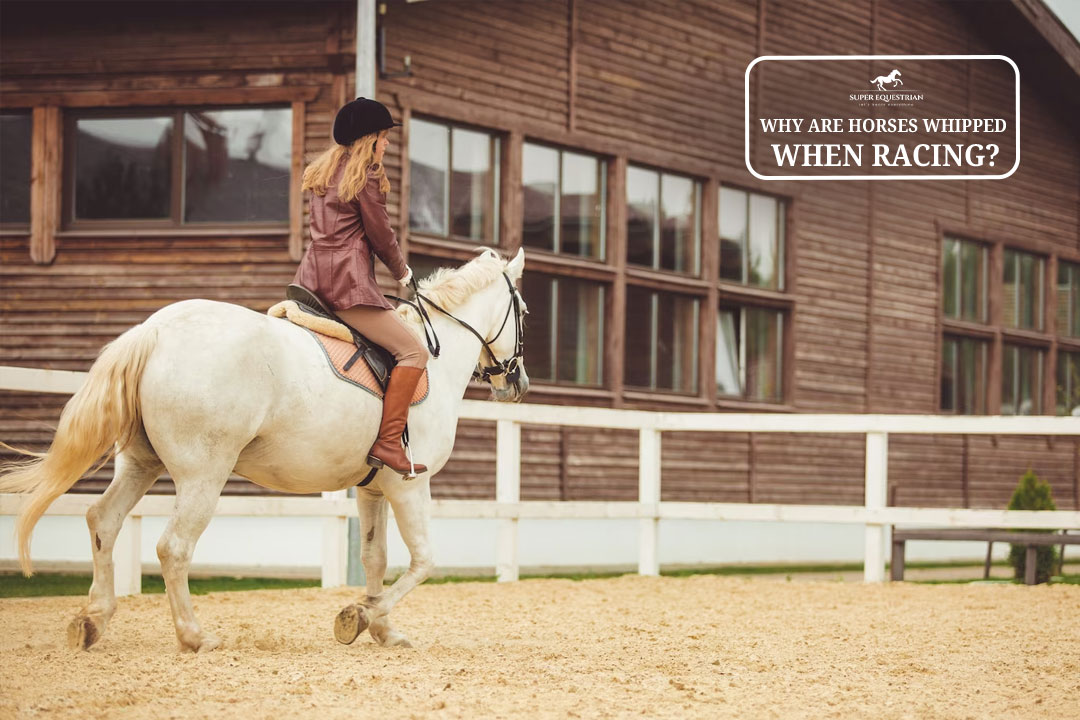
Why Are Horses Whipped When ...
.jpg)
Why Do Horses Have A ...
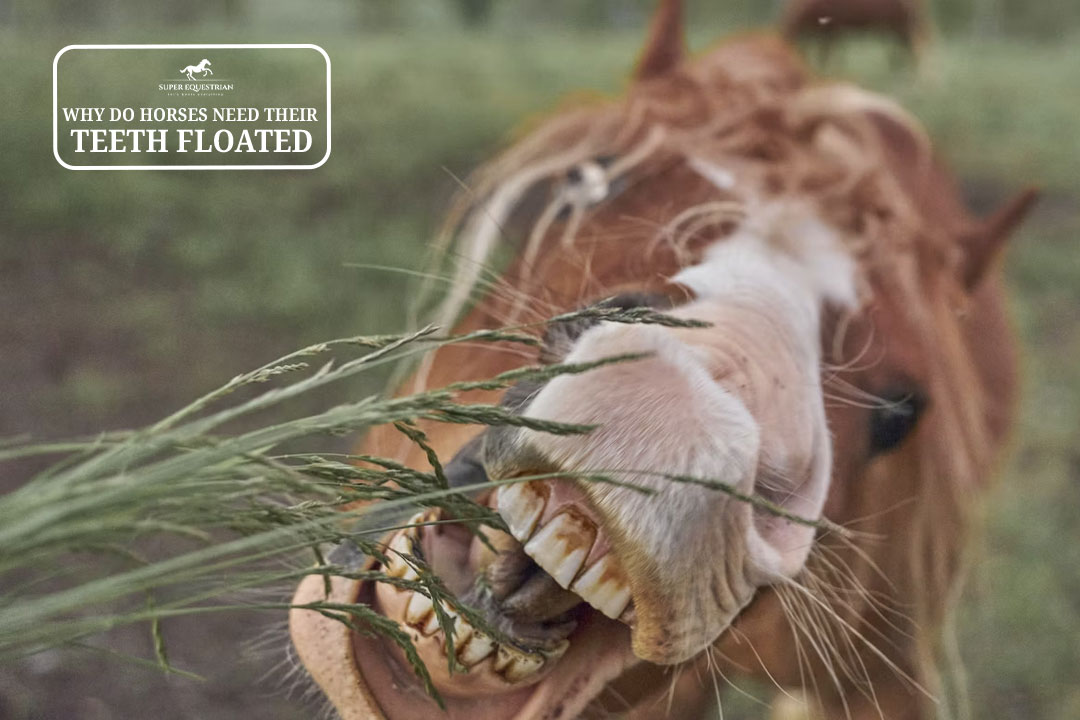
Why Do Horses Need Their ...

What To Do If Horse ...

What To Do If A ...
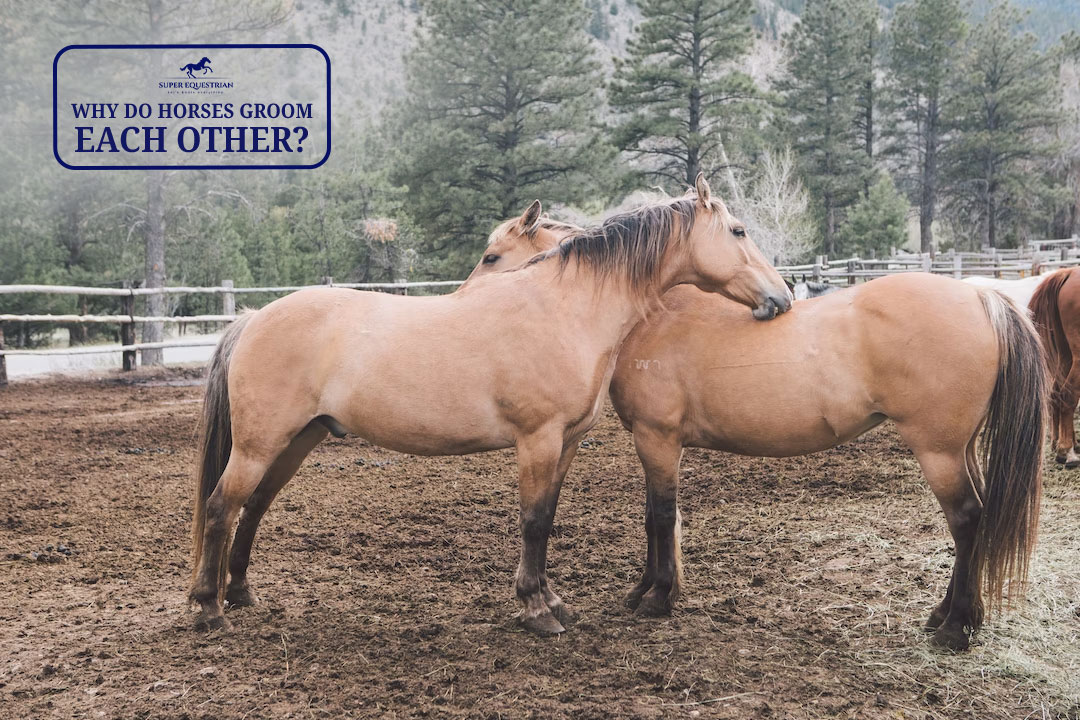
Why do horses groom each ...
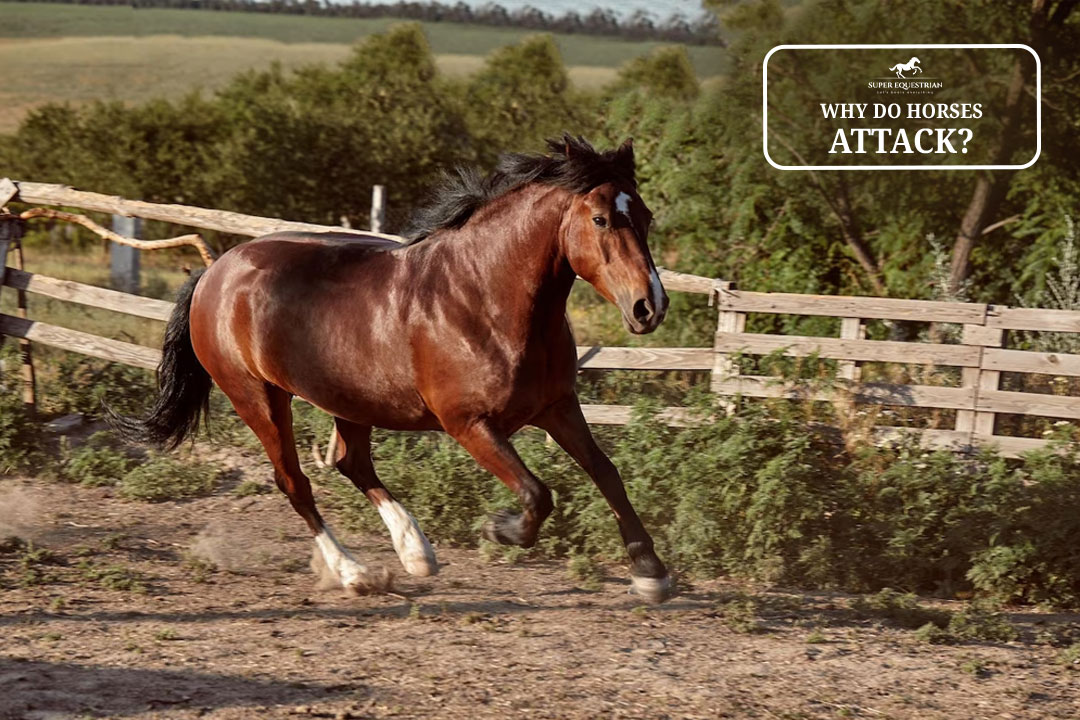
Why do horses attack...

Should I Use a Martingale ...

How to fit bell boots ...
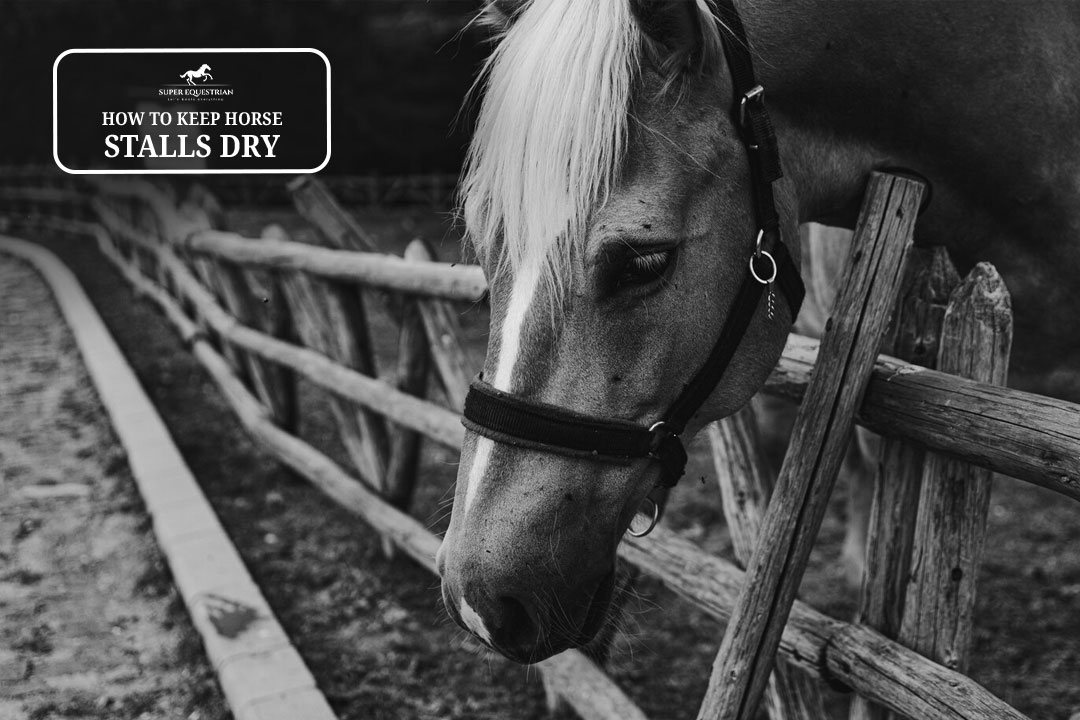
How To Keep Horse Stalls ...
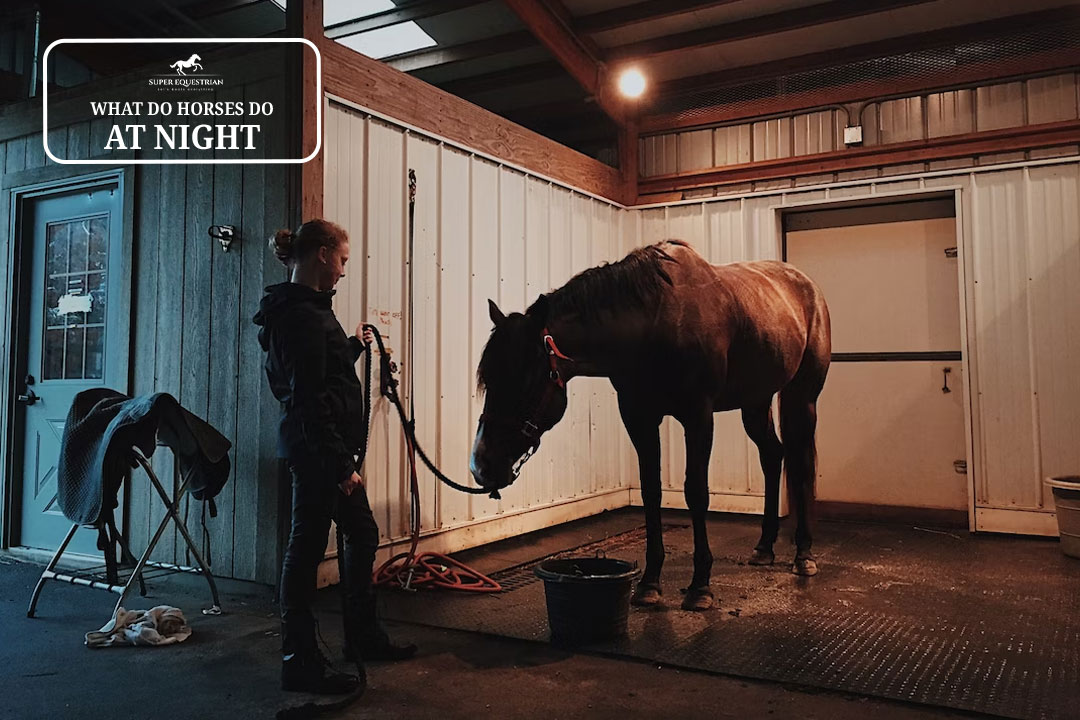
What Do Horses Do At ...

What do horses like to ...

Why do wild horses get ...
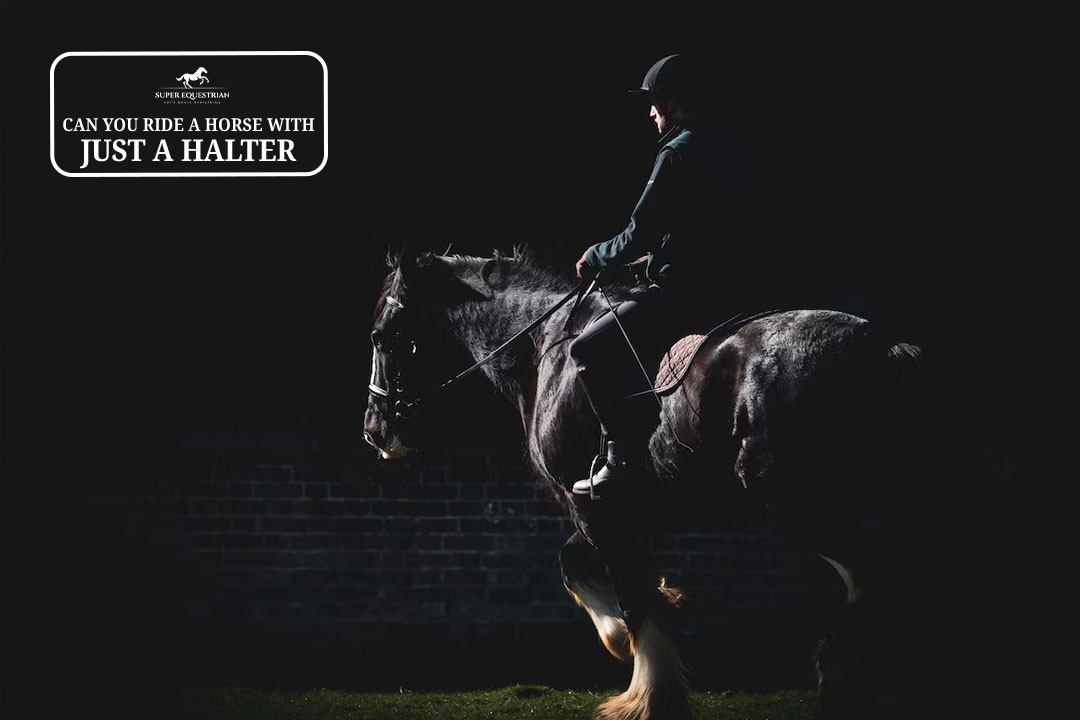
Can you ride a horse ...
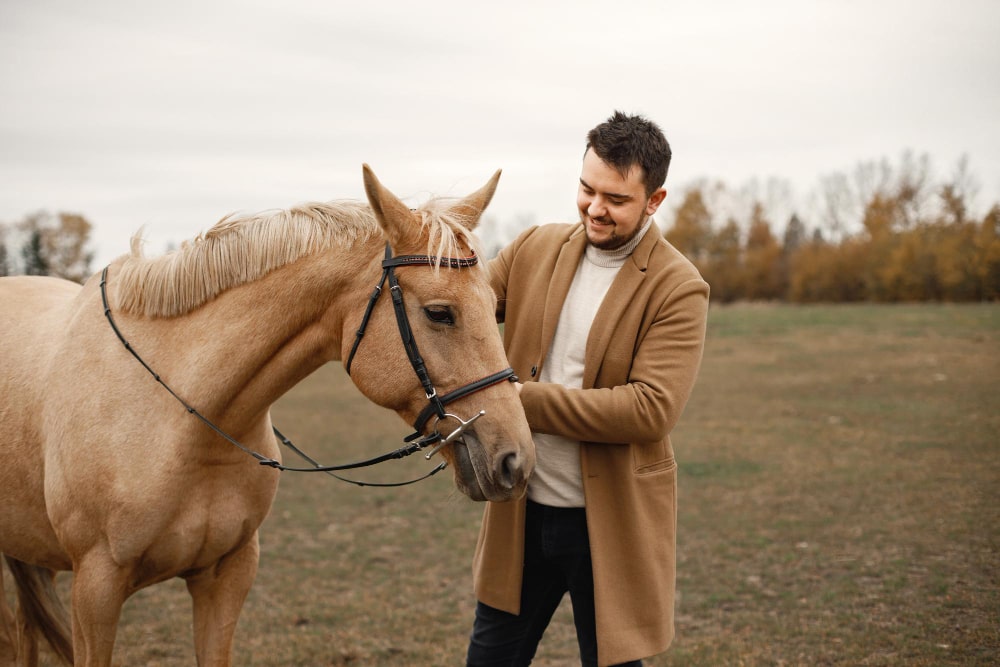
Are horses protective of their ...
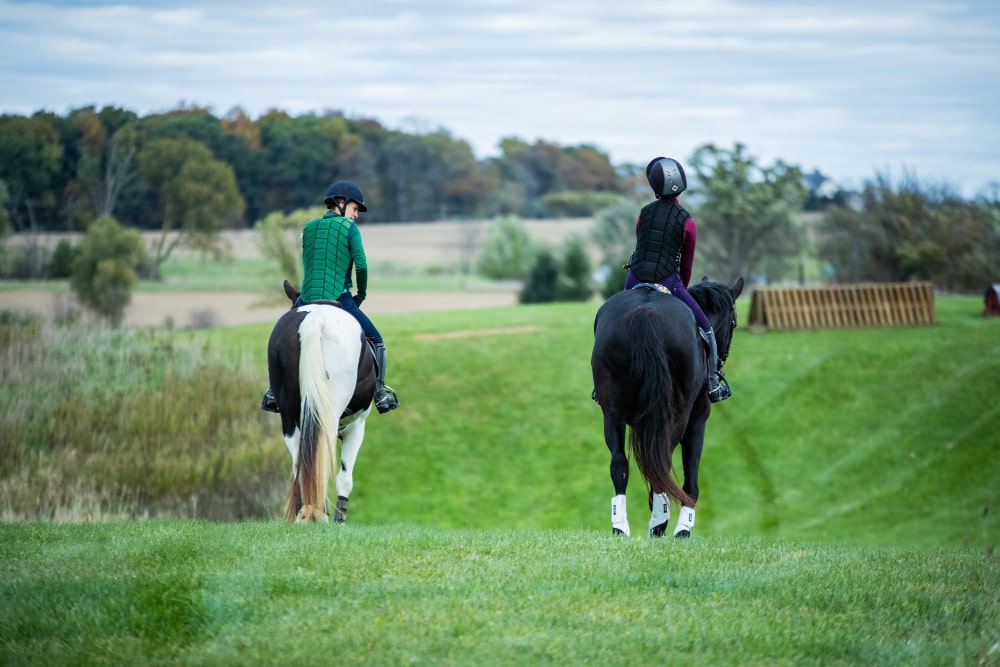
Why racking horses are popular ...
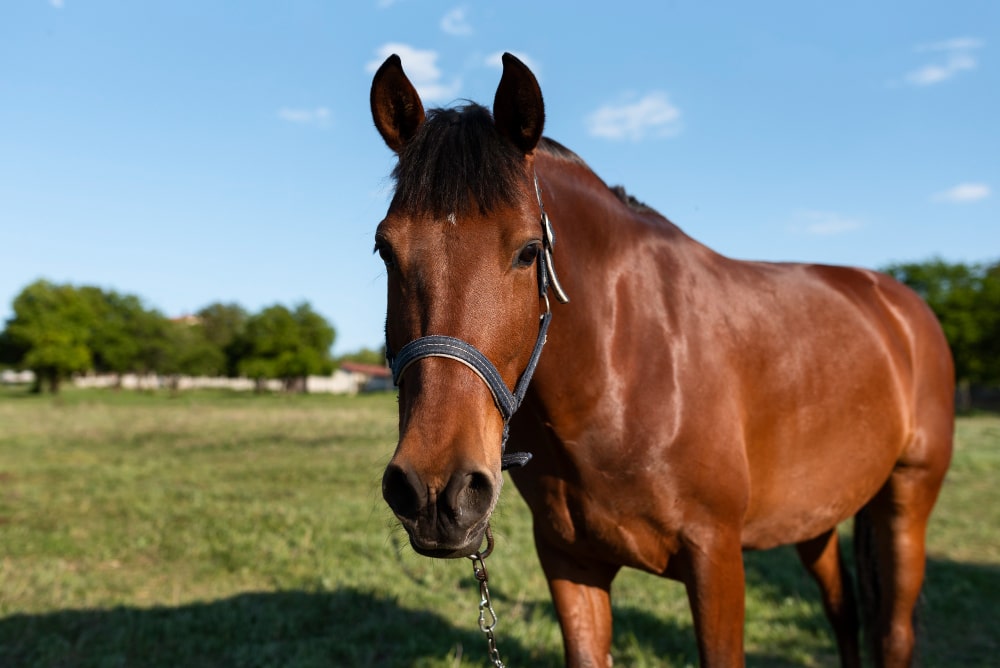
How To Keep Horses Off ...
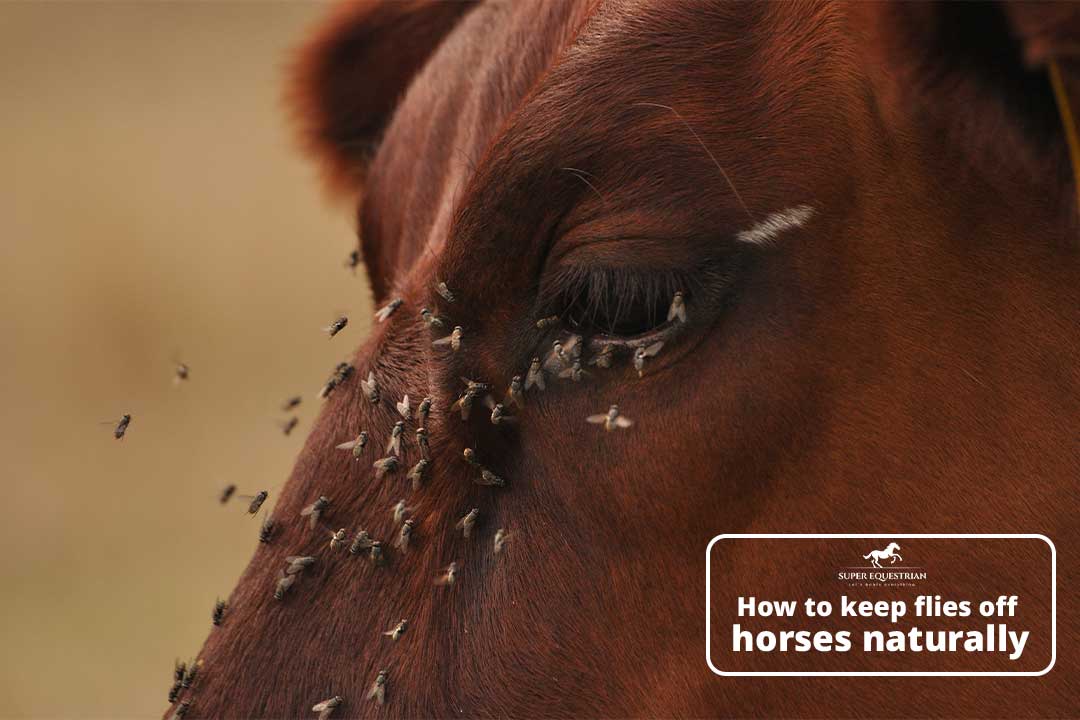
How to Keep Flies Off ...
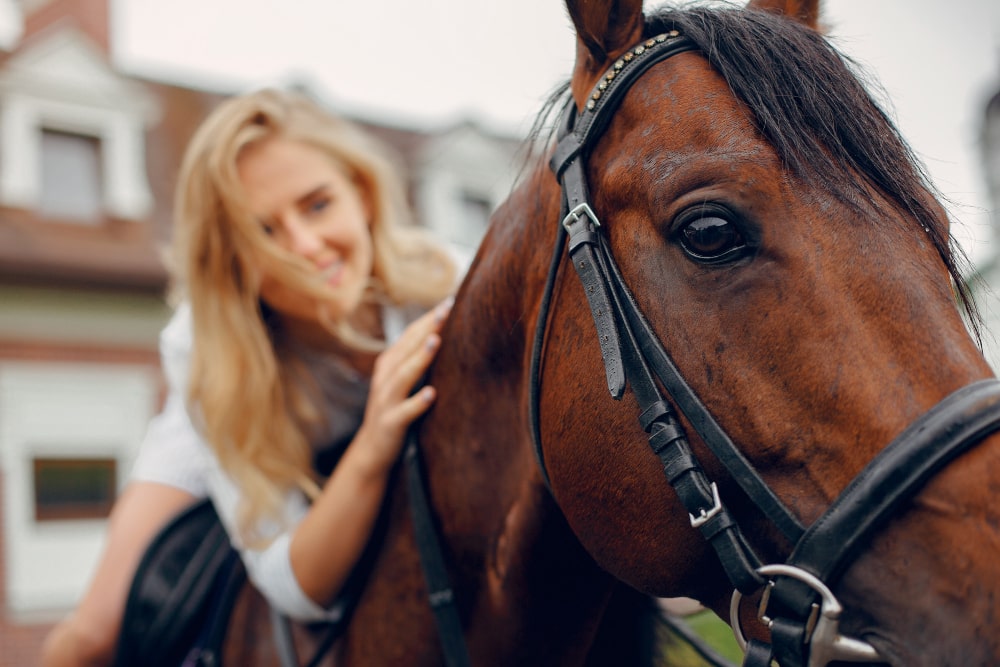
Pros and Cons Using A ...
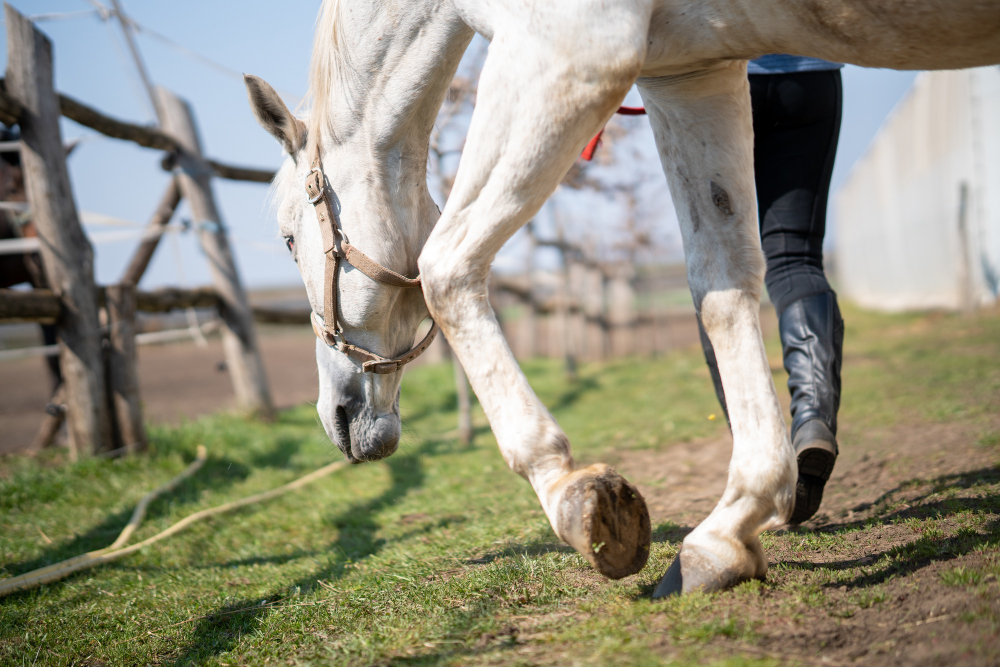
Can you ride a horse ...

Why are Corriente saddles so ...
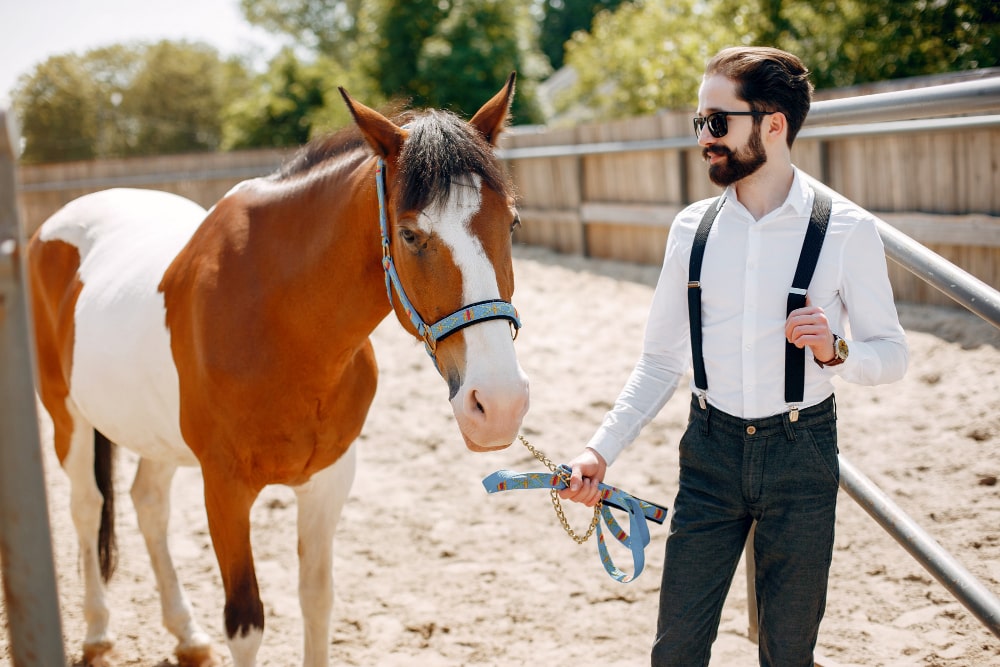
Pros and cons of equine ...

How Long After Mowing Can ...

How to Care for a ...
.jpg)
Why Do Horses Wear Blinders: ...
.jpg)
How to fit an exercise ...

Why is my horse bucking ...
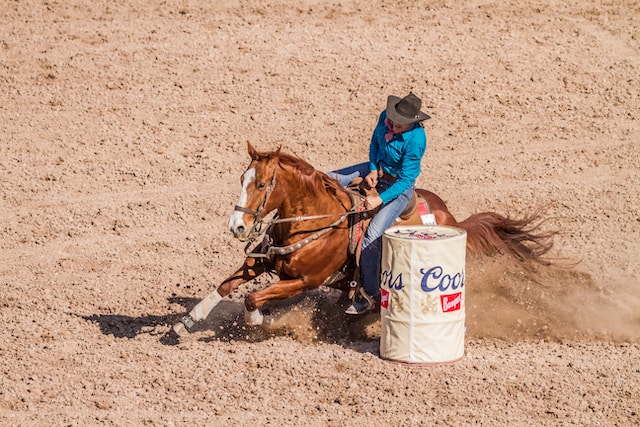
What causes a horse to ...
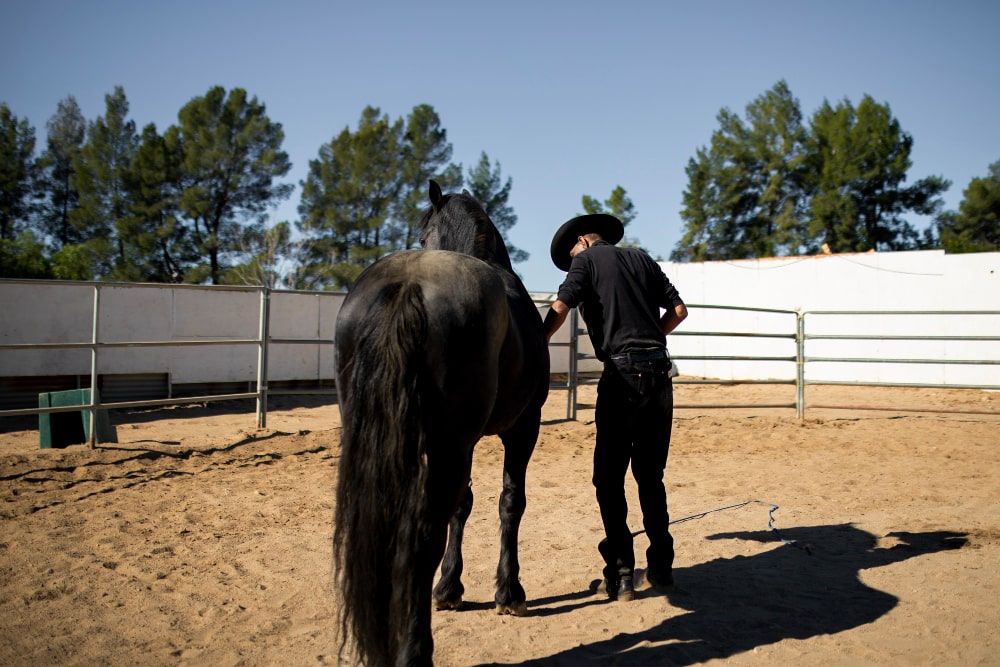
How to Stop a Horse ...
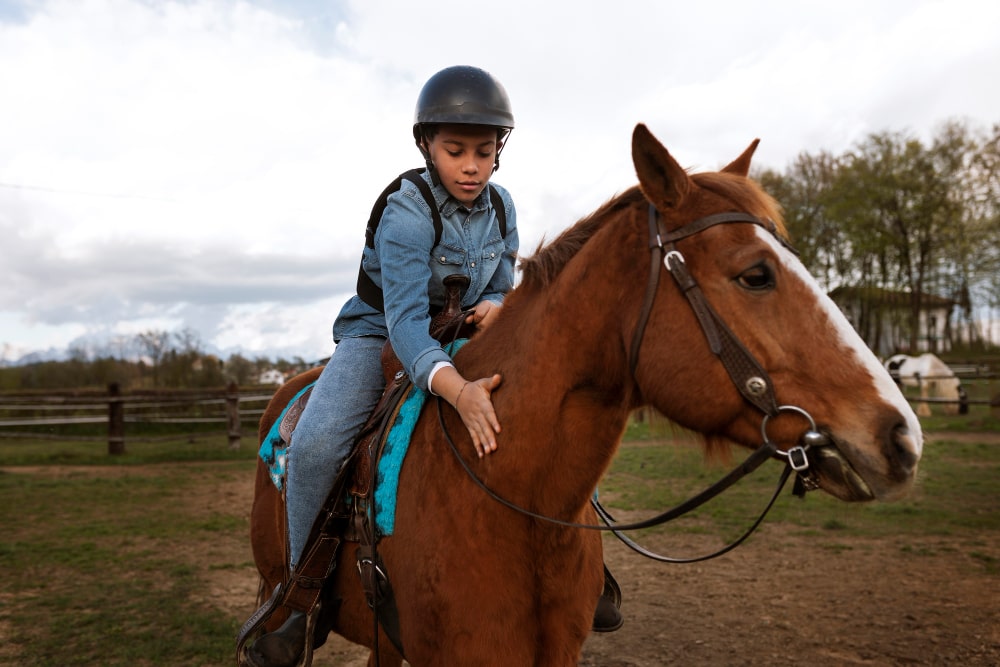
Why Is My Horse Bunny ...
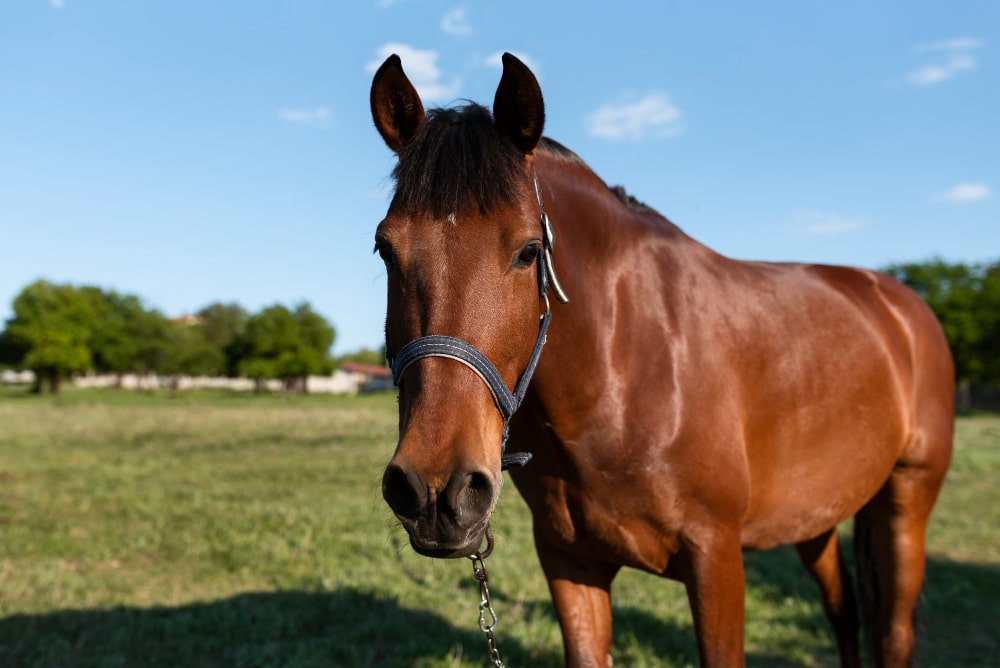
How To Improve Pasture For ...
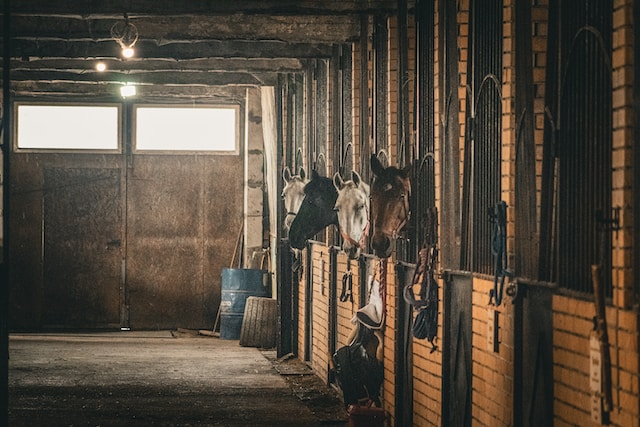
How to get the smell ...

Can you add ramp to ...

What Is The Temperament Of ...
.jpg)
Why Is Friesian Horse Hair ...
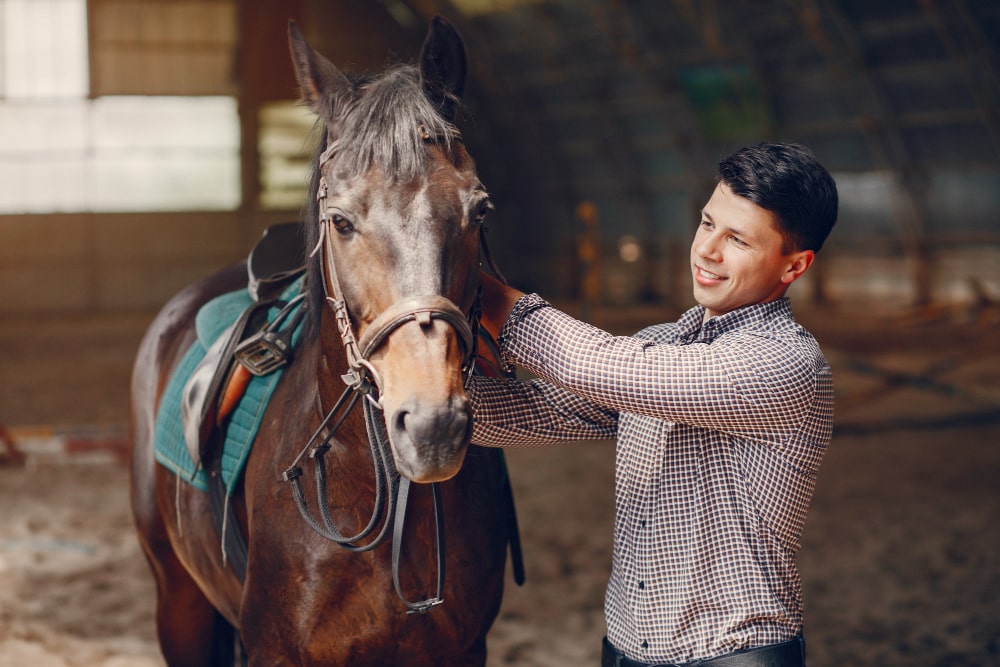
Why is my horse testing ...
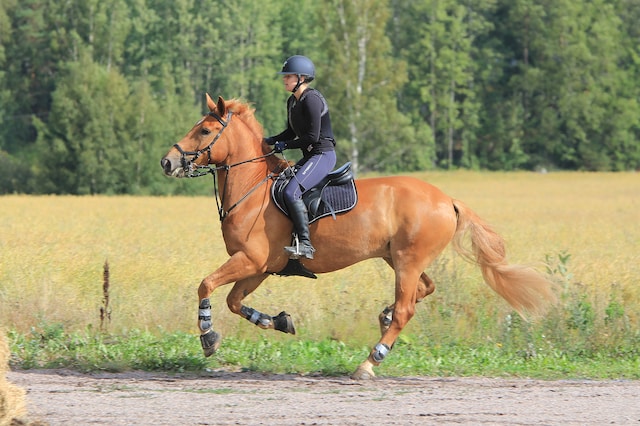
How often you should take ...
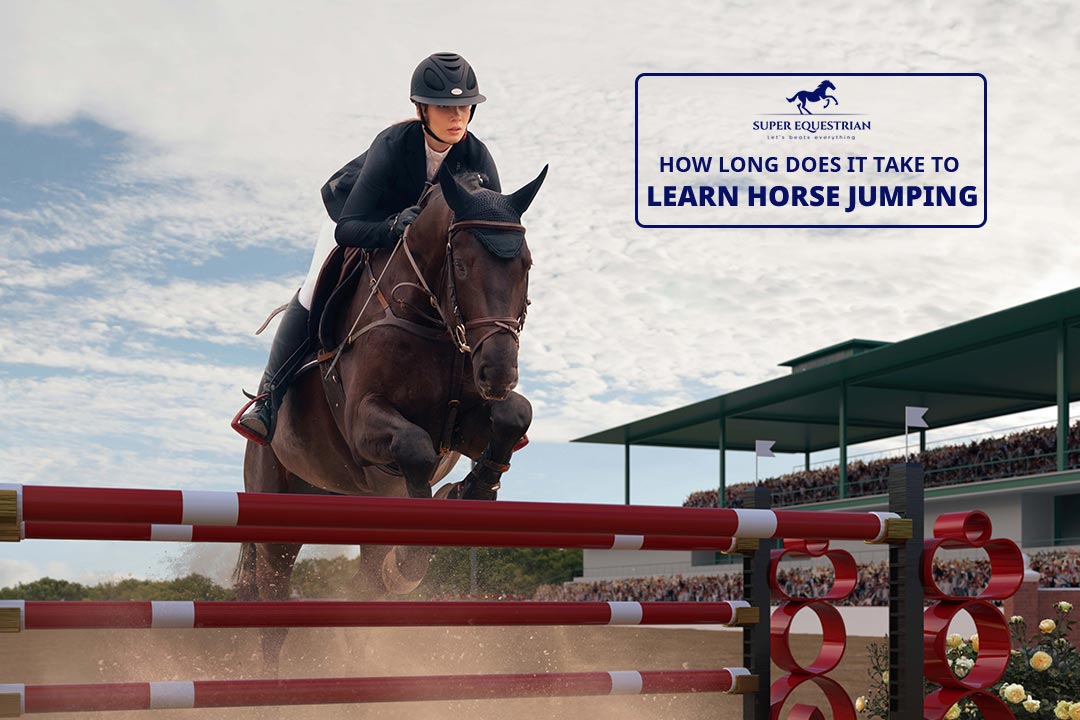
How long does it take ...
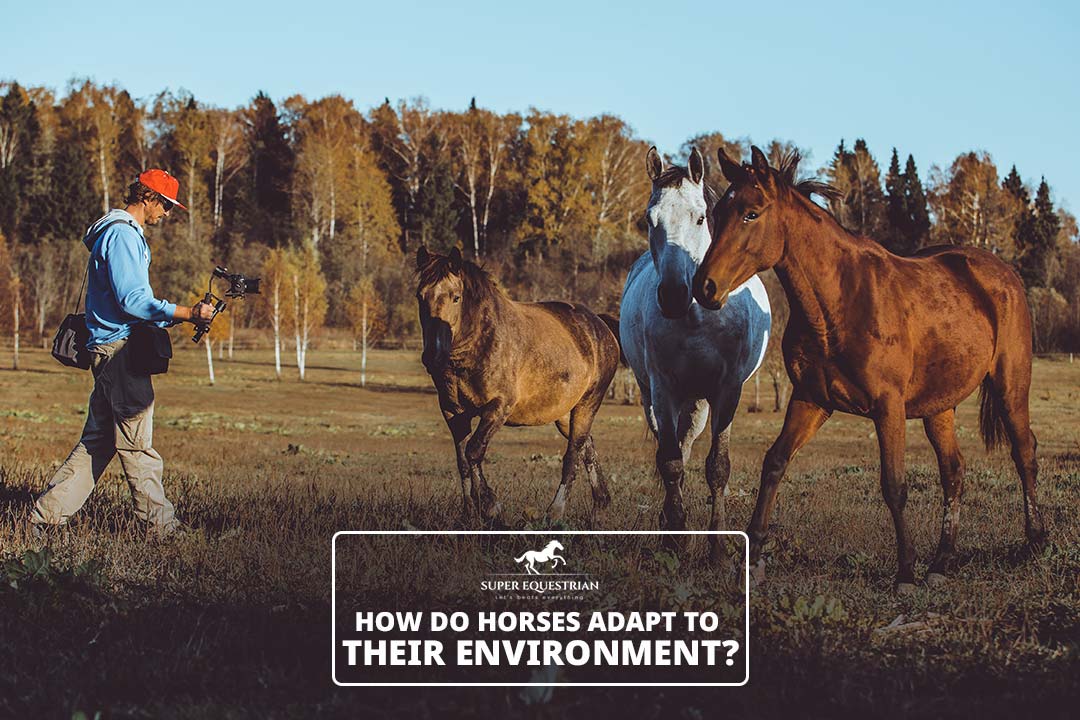
How do horses adapt to ...

How To Prepare For A ...
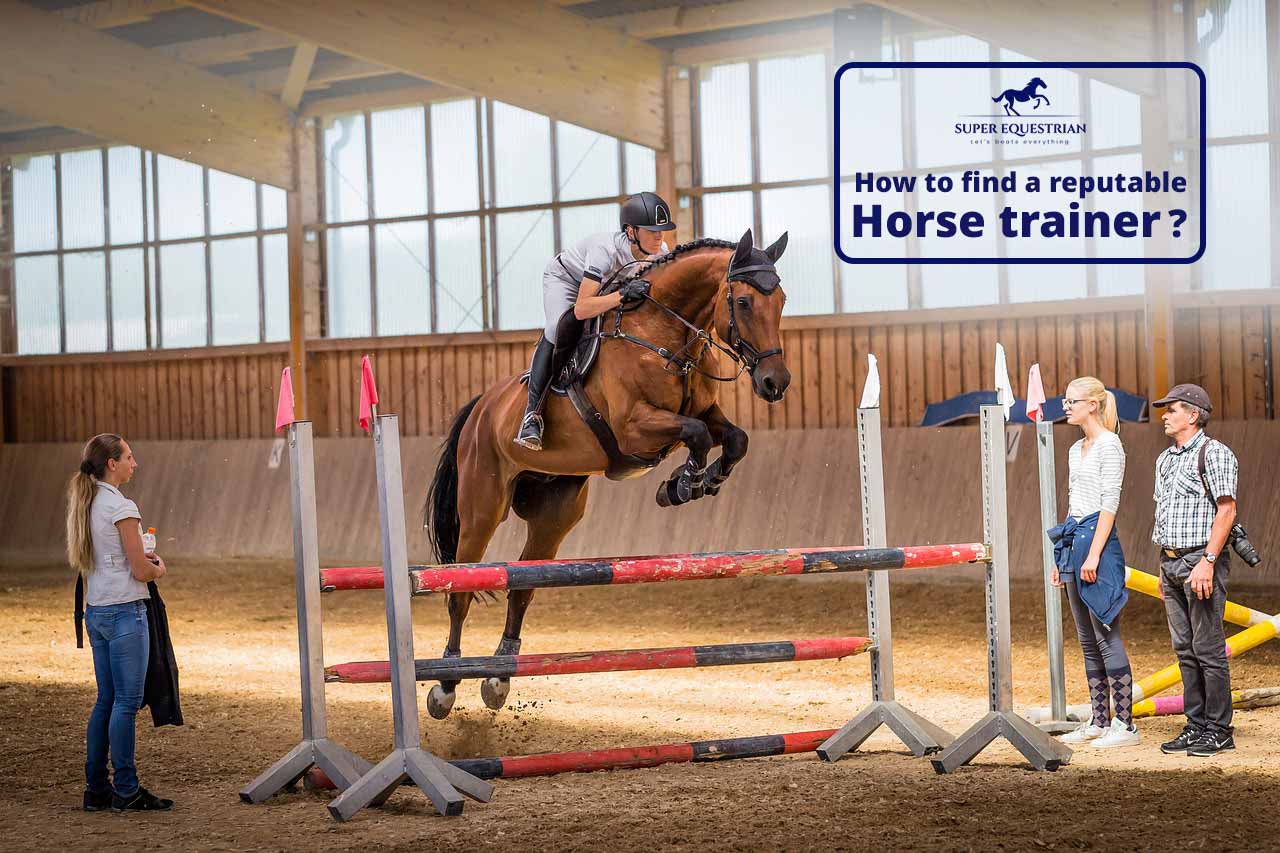
How To Find A Reputable ...
.jpg)
Do Horses Get Medals at ...

How to create a horse-...